Upcoming Mentoring Sessions
Mains Support Programme 2024 -(II)
Mains Support Programme- 2024 (I)
Mentoring Sessions (2024-25) - How to DO REVISION?
RMS - Art & Culture - Current Affairs 2023-24
RMS - Art & Culture - Architecture 2
RMS - Polity - DPSP & FD
RMS - Medieval History - Delhi Sultanate
RMS - Polity - Parliament 3
RMS - Geography - India Mapping
RMS - Art & Culture - Architecture 1
Mentoring Sessions (2024-25) - How to Start Preparation?
RMS - Geography - World Mapping
RMS - Ancient History - Guptas to Harshvardhana
RMS - Polity - Parliament 2
Prelims 2024 Strategy Session
RMS - Ancient History - Mauryan and Post-Mauryan Age
RMS - Polity - Parliament 1
RMS - Geography - Major Landforms
RMS - Polity - Judiciary - 2
RMS - Economics - Money and Banking - 2
Mentoring Session (2024-25) - How to Make Notes?
RMS - Polity - Judiciary 1
General Mentoring Session (GMS ) 2024-25
RMS - Modern History - Constitutional Developments - Important Acts in British India
RMS - Ancient History - Buddhism and Jainism
RMS - Economics - Human Resource and HRD
RMS - History - Ancient India - Mahajanpadas
RMS - Economics - Balance of Payment and Foreign Trade
Mentoring Session (2024-25) – How to Read and Analyse Newspaper?
Mentoring Session (2024-25) - How to write an Answer?
RMS - Economics - Money and Banking-I
Upcoming Live Classes
Current Affairs
July 27, 2024
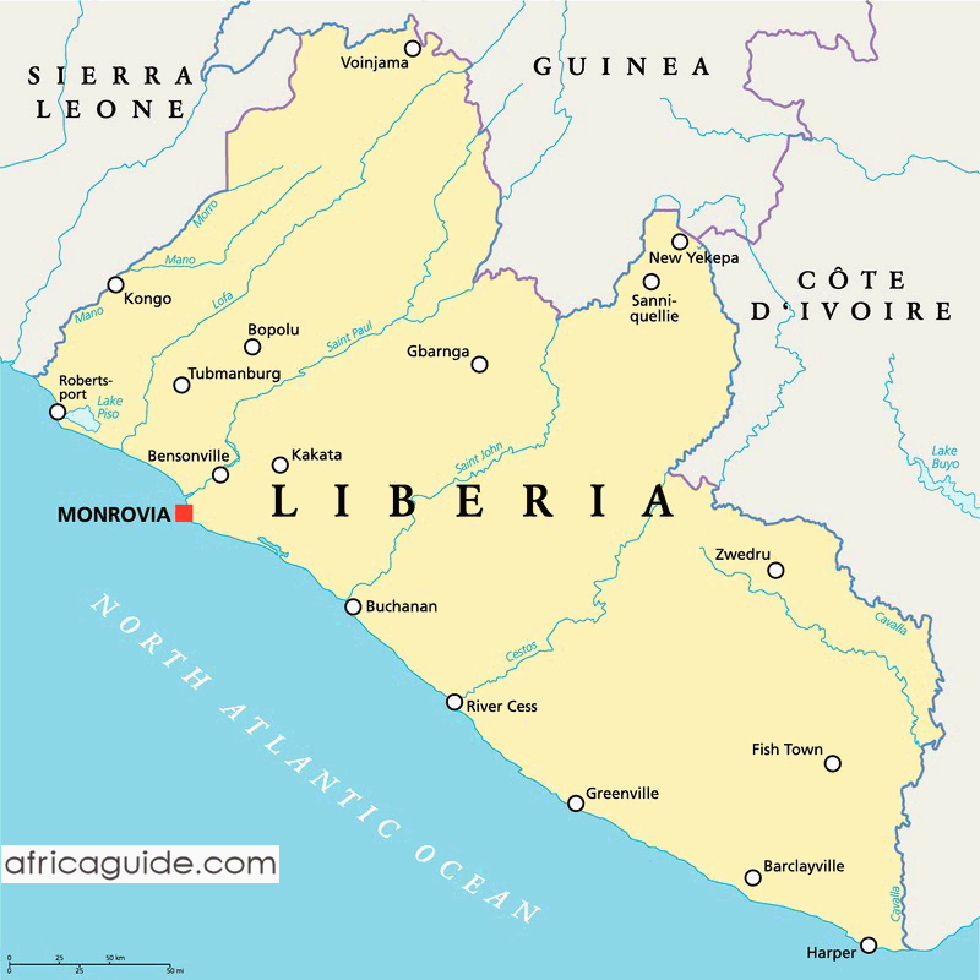
About Liberia:
- Location: It is located along the coast of western Africa.
- It is the only state in Africa which was never subjected to colonial rule and is Africa’s oldest republic.
- Land Boundary: It is bounded by Sierra Leoneto the northwest, Guinea to the north, Côte d’Ivoire to the east, and the Atlantic Ocean to the south and west.
- The Atlantic Ocean borders Liberia to the south-southwest.
- It has Cape Mount (about 1,000 feet in elevation) in the northwest, Cape Mesurado in Monrovia, and Cape Palmas in the southeast.
- Major Rivers: The Mano and Morro Rivers in the northwest and the Cavallain the east and southeast are major rivers and form sections of Liberia’s boundaries.
- Natural resources: It has natural resources like Iron diamonds, gold, lead, manganese, graphite, cyanite
Current Affairs
July 27, 2024
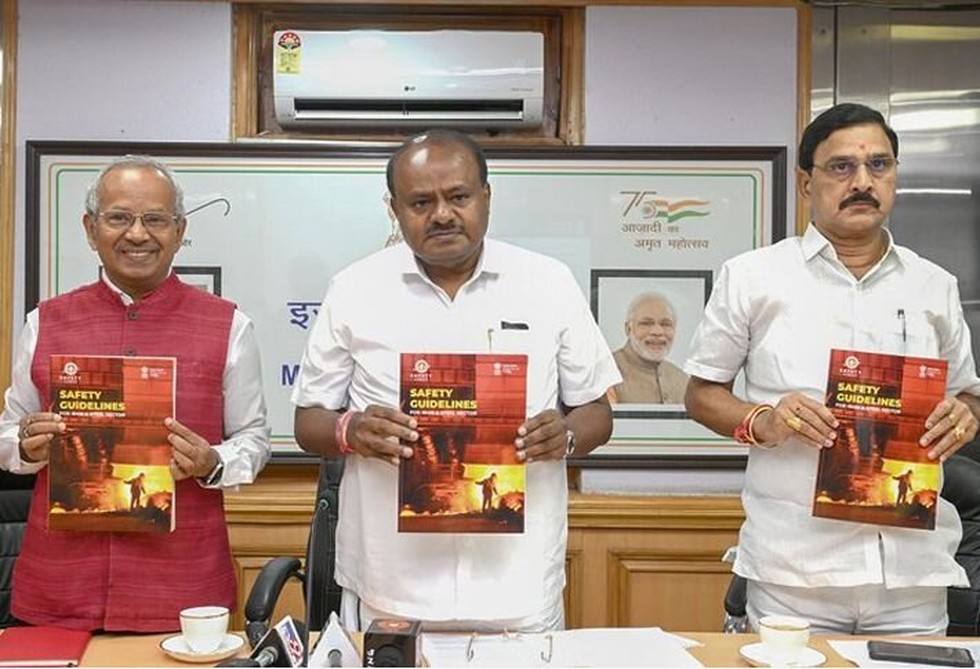
About Steel Import Monitoring System’ 2.0 Portal:
- It features API integration with multiple government portals, enhancing quality control and streamlining processes for improved efficiency and effectiveness.
- The portal boasts a robust data entry system, ensuring consistent and authentic data, which promotes transparency and accountability. Integration of various databases enable stakeholders to locate areas of risk and, thereby, permit better risk management.
- Example: If an import consignment declares a particular source of import, which is not licensed by BIS, then the Ministry will be enabled to not recommend its import. The detailed data will enable Customs to conduct better analysis and risk management of steel imports.
- SIMS was introduced in 2019, and has played a crucial role in providing detailed steel import data to the domestic industry.
- Based on industry feedback, the Ministry has revamped the portal to develop a more effective SIMS 2.0, a significant step forward in monitoring steel imports and promoting the growth of the domestic steel industry.
- Significance: Availability of such detailed data not only provides input for policy making but also signals areas for production and growth to the domestic steel industry.
Current Affairs
July 27, 2024

About Cultural Property Agreement:
- It is to prevent and curb the illicit trafficking of antiquities from India to the USA.
- It is aligned with the 1970 UNESCO Convention on the Means of Prohibiting and Preventing the Illicit Import, Export and Transfer of Ownership of Cultural Property, to which both countries are States party.
- It restricts the importation into the United States of America of certain archaeological material ranging in date from 1.7 million years ago through 1770 CE and certain ethnological material, which may include categories of civic, religious and royal architectural material, religious material and ceremonial items, and manuscripts ranging in date from 2nd century BCE to 1947 CE.
- As per the agreement, the United States of America shall offer to return to India any object or material on the Designate List forfeited to the Government of the United States of America.
- It is to be noted that the USA has already executed agreements with countries like: Algeria, Belize, Bolivia, Bulgaria, Cambodia, Chile, China, Colombia, Costa Rica, Cyprus, Ecuador, Egypt, El Salvador, Greece, Guatemala, Honduras, Italy, Jordan, Mali, Morocco, Peru and Turkey.
- Significance: The Agreement shall be helpful in quick seizure of Indian antiquities at US Customs and their repatriation back to India.
Current Affairs
July 27, 2024

About Climate Finance Action Fund:
- It will be capitalised with contributions from fossil fuel producing countries and companies across oil, gas and coal, and Azerbaijan will be a founding contributor.
- It was launched within a package of 14 initiatives under the framework of the COP29 thematic days.
- It will be a catalytic public-private partnership fund, mobilising the private sector and de-risking investment.
- The fund will also contain special facilities with concessional and grant-based support to rapidly address the consequences of natural disasters in the developing countries in need.
- It will become operational at the conclusion of the initial fundraising round, which seeks to capitalise the fund with $1 billion, and when 10 contributing countries committed as shareholders.
- Fifty percent of the capital will be directed towards climate projects in developing countries that rely on support, across mitigation, adaptation, and research and development.
- Fifty percent of the contributions will be allocated to helping meeting members’ the next generation of Nationally Determined Contributions (NDCs) to keep the 1.5C temperature target within reach.
- Twenty percent of the revenues generated from investments will be deposited in a Rapid Response Funding Facility (2R2F) providing highly concessional and grant-based support.
- The fund will be headquartered with its secretariat in Baku, Azerbaijan.
Current Affairs
July 27, 2024

About GROWTH-India Telescope:
- It is India's first fully robotic optical research telescope.
- The telescope's primary mission is to observe explosive transients and variable sources, including near-Earth asteroids.
- Location: The telescope is located at the Indian Astronomical Observatory site at Hanle, Ladakh. Situated at 4500 meters above mean sea level, this is one of the highest observatory sites in the world and one of the best telescope locations in the country.
- It joins the Himalayan Chandra Telescope (HCT), the gamma-ray array telescope (HAGAR), and the imaging Cherenkov telescope (MACE) at this site.
- It was constructed through a partnership between the Indian Institute of Astrophysics (IIA) and the Indian Institute of Technology Bombay (IITB), with support from the Department of Science and Technology (DST) and the Indo-US Science and Technology Forum.
- GROWTH-India project is part of an international network of observatories, known as the Global Relay of Observatories Watching Transients Happen (GROWTH).
- It aims to provide continuous monitoring of interesting celestial events. The network's collaborative approach ensures that observations are not interrupted by daylight, allowing for comprehensive data collection.
Current Affairs
July 27, 2024

About Yamunotri Dham:
- It is a part of Char Dham(along with Gangotri, Kedarnath, and Badrinath), the four most revered Hindu pilgrimages in the Himalayas.
- It is situated at an altitude of 3,293 metres (10,804 ft) in the Garhwal Himalayasin District Uttarkashi, Uttarakhand.
- It is surrounded by mountains on all sides and lies in close proximity to the Indo-China border.
- River Yamuna, the second most sacred river of India after the Ganges, originates in Yamunotri.
- The small mountain hamlet, with the Yamunotri Temple at its centre, is the commencing point of the Char Dham Yatra pilgrimage, which proceeds from Yamunotri to Gangotri and finally to Kedarnath and Badrinath.
- Lodged in a narrow gorge, close to the source of the Yamuna, the Yamunotri Temple is dedicated to Yamuna.
Key Facts about Yamuna River:
- Yamuna River (also known as Jumna), is the major tributary of the Ganges River.
- Origin: It rises in the high Himalaya, in the Yamunotri Glacier, at the height of 4,421 meters.
- Course:
- The 1,376 km long Yamuna flows solely through India, crossing three states: Uttarakhand, Uttar Pradesh and Haryana.
- After rising in the high Himalayas, it flows in a southerly direction swiftly through the Himalayan foothills and, exiting Uttarakhand, onto the Indo-Gangetic Plain, along the border between Uttar Pradesh, and Haryanastate to the west.
- The Eastern and Western Yamuna canals are fed from the river at that point.
- The Yamuna then passes Delhi, where it feeds the Agra Canal.
- South of Delhi, and now wholly within Uttar Pradesh, it turns southeastward.
- Near Prayagraj (Allahabad), after a course of about 855 miles (1,376 km), the Yamuna joins the Ganges River.
- The confluence of the two rivers is an especially sacred place to Hindus and is the site of annual festivals as well as the Kumbh Mela, which is held every 12 years.
- Tributaries:
-
- Near Dehradun, the capital city of Uttarakhand, the Yamuna is joined by its biggest tributary, the Tons River.
- The Chambal River is Yamuna’s biggest tributary on the right.
- Other important tributaries of the Yamuna include the Hindon, Sarda, and Giri rivers on the right and Betwa and Sindh on the left.
Current Affairs
July 27, 2024
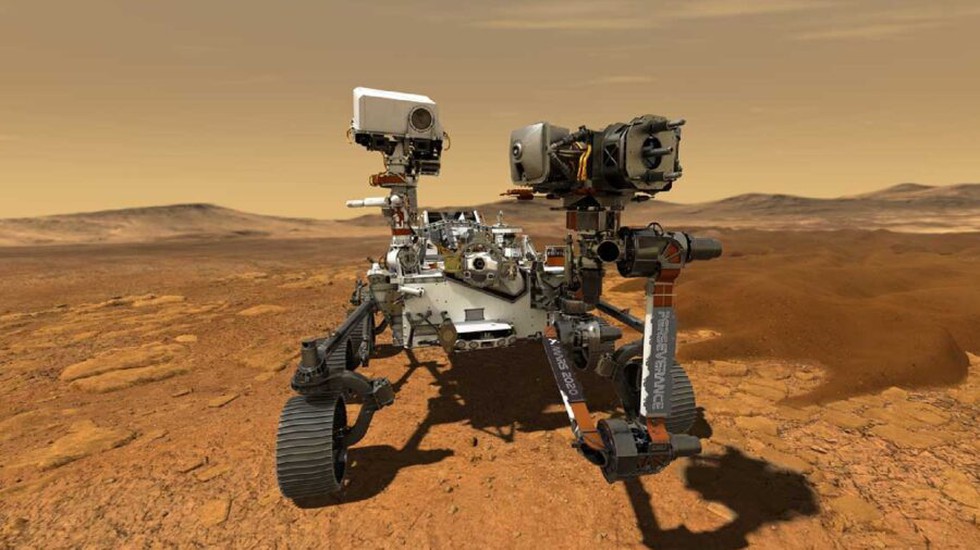
Why in the News?
- The rover has identified a rock named "Cheyava Falls" that exhibits intriguing characteristics, suggesting it may have hosted microbial life billions of years ago.
- Cheyava Falls, an arrowhead-shaped rock, was found on the northern edge of Neretva Vallis, an ancient river valley that once channeled water into Jezero Crater, where Perseverance is working.
- It is rich in chemical signatures and structures that may have been formed by life when the area contained running water.
- The rover's SHERLOC (Scanning Habitable Environments with Raman and Luminescence for Organics and Chemicals) instrument detected organic compounds in Cheyava Falls.
- These carbon-based molecules are considered the building blocks of life, although they can also be formed by non-biological processes.
About Perseverance Rover:
- Perseverance, nicknamed "Percy", is a semi-autonomous rover the size of a small car designed to explore the surface of Mars.
- It is part of NASA’s ongoing Mars 2020 Mission.
- Launch: It was launched on July 30, 2020, from Cape Canaveral, Florida.
- Landing: Successfully landed on the surface of Mars's Jezero Crater on February 18, 2021.
- Main Job: Seek signs of ancient life and collect samples of rock and regolith (broken rock and soil) for possible return to Earth.
- The rover will collect samples of rock and soil, encase them in tubes, and leave them on the planet's surface to be returned to Earth at a future date.
- Features:
- It is about 3 metres long, 2.7 metres wide, and 2.2 metres tall.
- It is about the size of a car but weighs only about 1,025 kilograms with all instruments on board.
- Power source: Multi-Mission Radioisotope Thermoelectric Generator (MMRTG). It converts heat from the radioactive decay of plutonium into electricity.
- It has a rectangular body, six wheels, a robotic arm, a drill for sampling rocks, cameras and scientific instruments.
Current Affairs
July 27, 2024

About Ahom Dynasty:
- It (1228–1826, called Kingdom of Assamin medieval times) was a medieval kingdom in the Brahmaputra valley in Assam that maintained its sovereignty for nearly 600 years and successfully resisted Mughal expansion in North-East
- It was able to establish its suzerainty over the Brahmaputra valley and had a profound effect on the political and social life in the region.
- It was established by Sukaphaa, a Shan prince of Mong Mao who came to Assam after crossing the Patkai Mountains.
- Though it came to be called the Ahom kingdom in the colonial and subsequent times, it was largely multi-ethnic, with the ethnic Ahom people constituting less than 10% of the population toward the end.
- The people of the kingdom used to call them 'Chaopha' or 'Swargadeo'.
- The kingdom came under repeated Mughal attacks in the 17th century, and on one occasion in 1662, the Mughals under Mir Jumla occupied the capital, Garhgaon.
- The Mughals were unable to keep it, and finally, during the battle of Saraighat in 1671, the Ahoms led by Lachit Borphukan successfully defeated the Mughals.
- Borphukan is mainly known for his leadership in this battle.
- By 1682, the Mughal influence in the region was completely eradicated.
- Following a period of confusion, the kingdom got itself the last set of kings, the Tungkhungia kings, established by Gadadhar Singha.
- The kingdom became weaker with the rise of the Moamoria rebellion, and subsequently fell to a succession of Burmese invasions.
- With the defeat of the Burmese after the First Anglo-Burmese War and the Treaty of Yandabo in 1826, control of the kingdom passed into British (East India Company) hands.
What are Moidams of Ahom dynasty?
- The Moidams (also spelt as Maidam) are burial mounds of Ahom kings, queens, and nobles in Assam.
- The name "Moidam" comes from the Tai words "Phrang-Mai-Dam" or "Mai-Tam," meaning to bury and the spirit of the dead.
- These mounds are distinct for their architecture and reflect the Ahom’s foreign influences.
- They are found throughout upper Assam, with Charaideo, the first Ahom capital, being the main necropolis.
- Each Moidam has three main parts:
- A vault or chamber where the body is placed.
- A hemispherical earthen mound covering the chamber.
- A brick structure (Chaw-chali) on top for annual offerings and an octagonal boundary wall with an arched gateway.
- Originally, vaults were made of wooden poles and beams but were replaced with stone and brick during the reign of King Rudra Singha (CE 1696-1714).
- Inside the vault, the dead were buried with their belongings, including clothes, ornaments, and weapons.
Announcement
1 hour ago
Current Affairs form the backbone of UPSC success.
Don't just follow the news, master it!
Vajiram & Ravi's SMART Current Affairs Programme for UPSC 2025 is your ticket to acing Prelims and Mains.
Why SMART?
- Comprehensive Coverage: From Prelims facts to Mains analysis, we've got you covered.
- Expert Faculty: Learn from the best in the business with our experienced team.
- Strategic Learning: Develop an analytical mindset and perfect your answer writing.
- Regular Assessments: Track your progress and identify areas for improvement.
Exclusive Offer:
Enjoy a 10% scholarship for all ex-Vajiram students.P.S This is a limited-time offer.
Program Highlights:
The programme is divided into three phases for comprehensive and goal-oriented preparation:
-
Phase I: Integrated Current Affairs for Prelims and Mains (July to January)
- Covers current affairs relevant to both Prelims and Mains, integrating factual and analytical aspects with the UPSC syllabus. Focuses on developing answer-writing skills and tackling MCQs.
-
Phase II: Targeted Prelims-Oriented Current Affairs (Feb to May)
- Focuses on factual current issues important for Prelims. Includes SMART strategies, regular MCQ-based practice, and revision tests to enhance preparation.
-
Phase III: Targeted Mains-Oriented Current Affairs (June to September)
- Provides value-added points such as data, facts, examples, case studies, and judgments. Includes well-curated handouts for quick revision, minimizing the need for additional materials. Regular in-class answer writing sessions help students produce high-quality answers.
Combining structured learning with an adaptive environment, our program ensures holistic preparation, equipping you with the confidence to tackle the exam's challenges effectively.
Don't miss this opportunity to elevate your preparation with our SMART Current Affairs Programme 2025.
Best regards,
Vajiram & Ravi
P.S. Remember, the 10% scholarship offer is for a limited time only. Register today and take the next step towards your UPSC success!
Current Affairs
July 27, 2024

About Udanti Sitanadi Tiger Reserve (USTR):
- Location: It is located in the Dhamtari District of Chhattisgarh.
- Udanti and Sitanadi, aretwo wildlife sanctuaries, combined together to form the reserve.
- It covers a total area of 1842.54 sq. km.
- It was declared a tiger reserve in the year 2008-09.
- Rivers:
- The Udanti River flows from west to east in the Udanti Wildlife Sanctuary, and the Sitanadi River originates from the middle of the Sitanadi Wildlife Sanctuary.
- There are a few perennial springs, including the famousDeodhara and Godene falls.
- Topography: The topography of the area is a broken mass of land traversed by innumerable hill ranges intercepted by strips of plains.
- Vegetation: Mixed vegetation is present in the reserve. Dry deciduous forests, tropical and sub-tropical vegetation are also observed here, especially in the area around streams and waterways.
- Flora:
- It contains various types of forest crops mixed with Sal Forest.
- The ground is covered with maze of grass, plants, bushes and saplings.
- Fauna:
-
- All the representative faunal species of Central India are found in the reserve.
- The Asiatic Wild Buffalo is the key endangered species found in the core area.
- Apart from the tiger, other endangered and rare species are the Indian Wolf, Leopard, Sloth Bear and Mouse Deer.

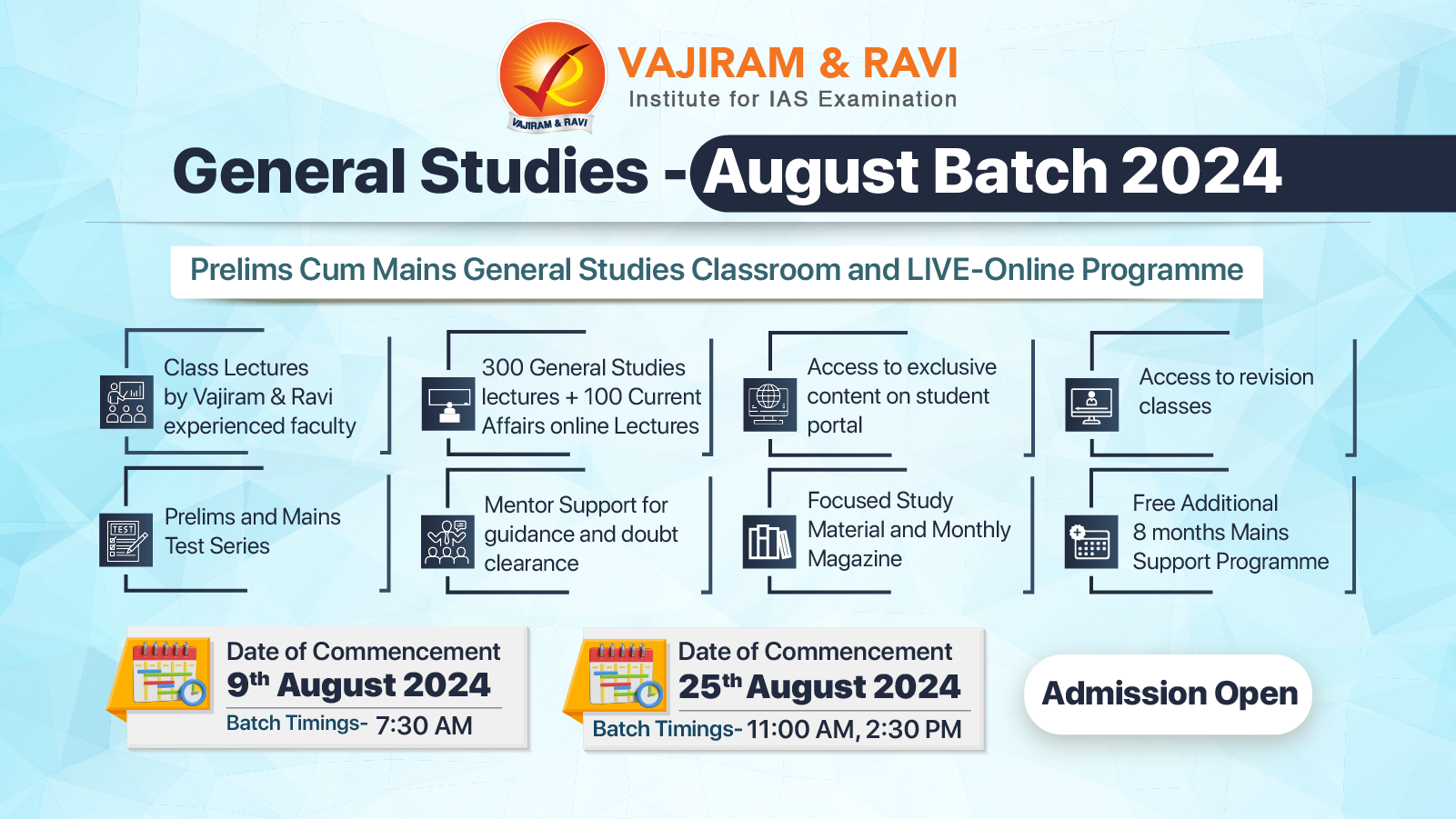
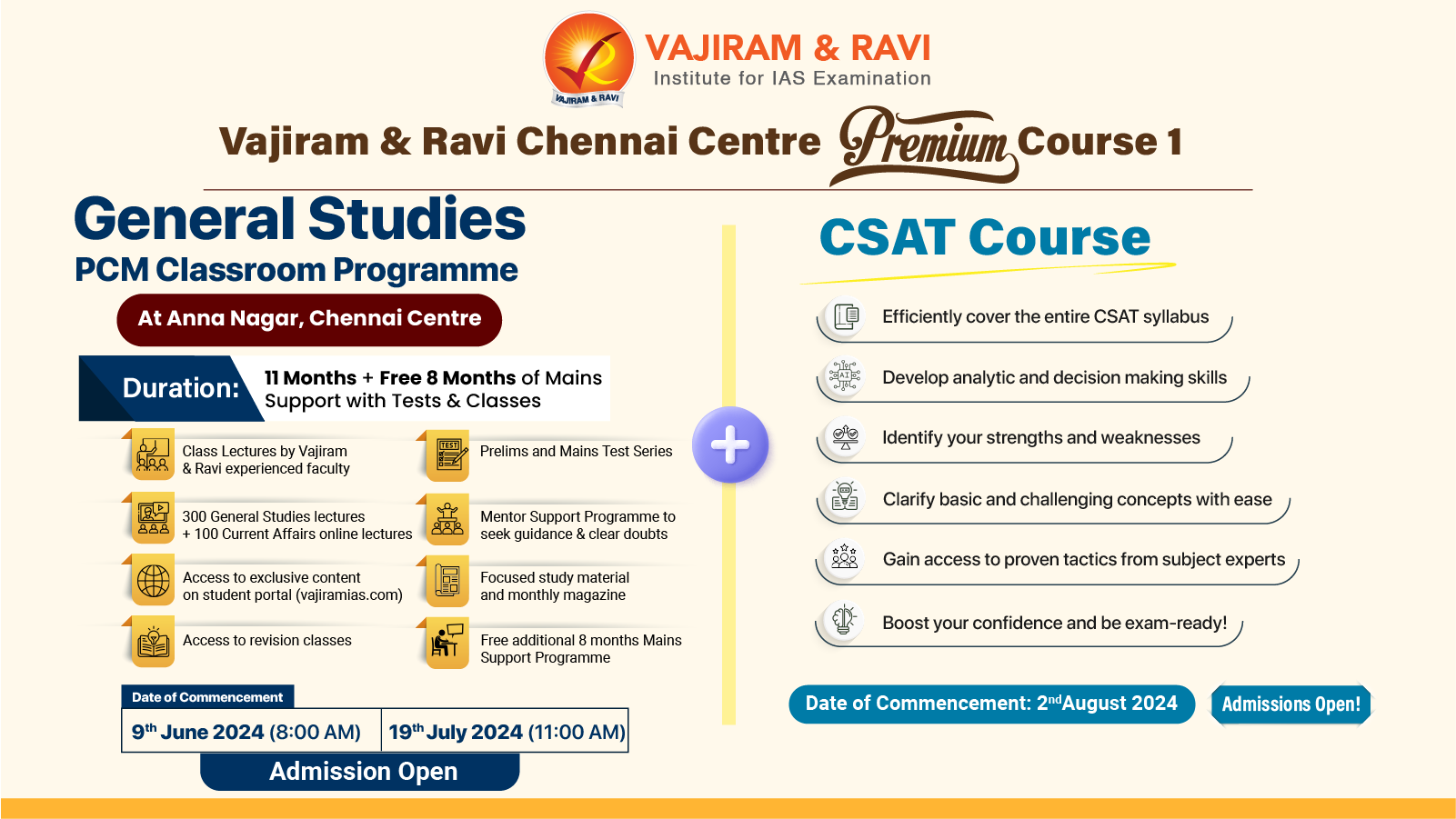

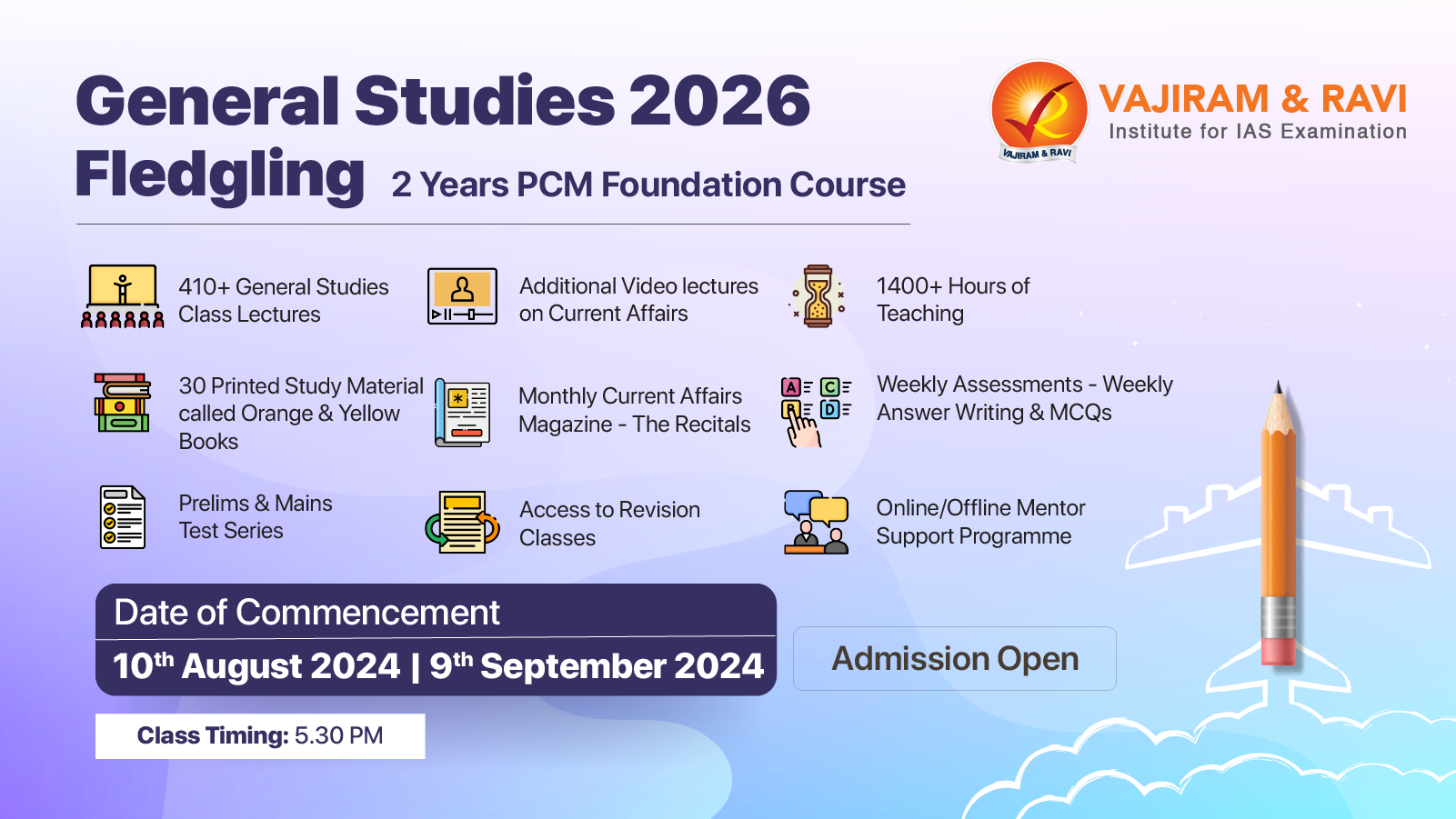
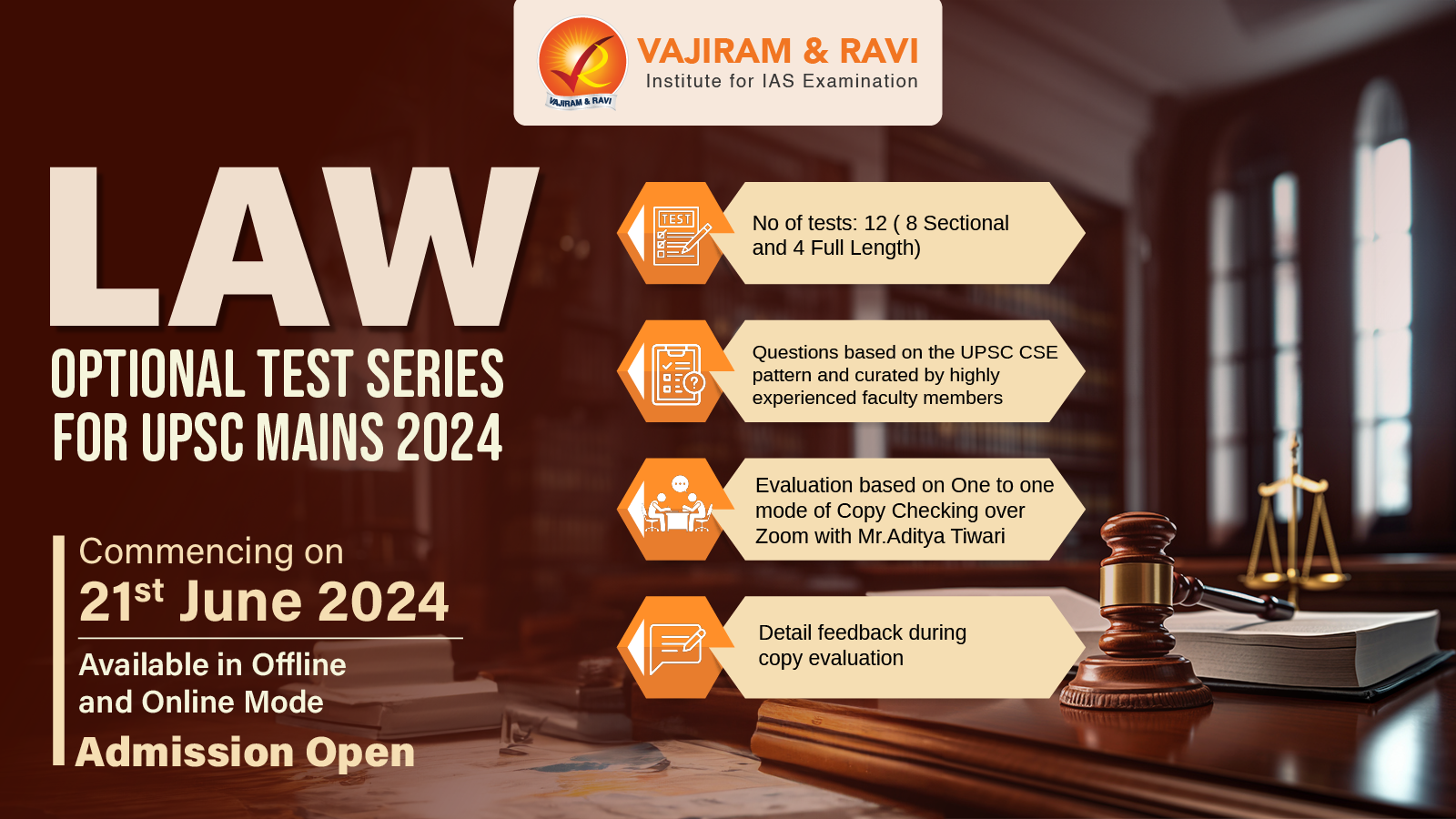
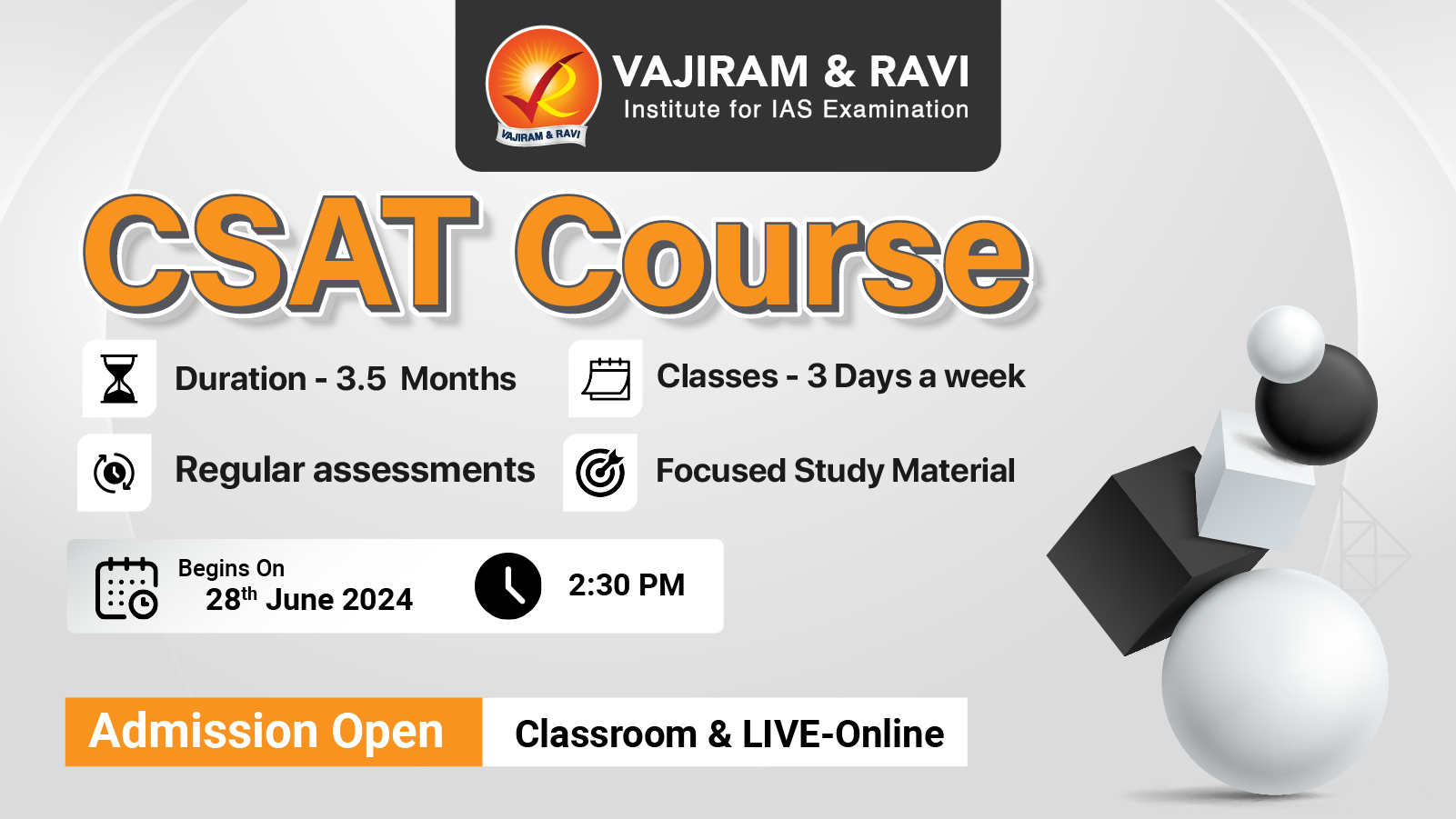
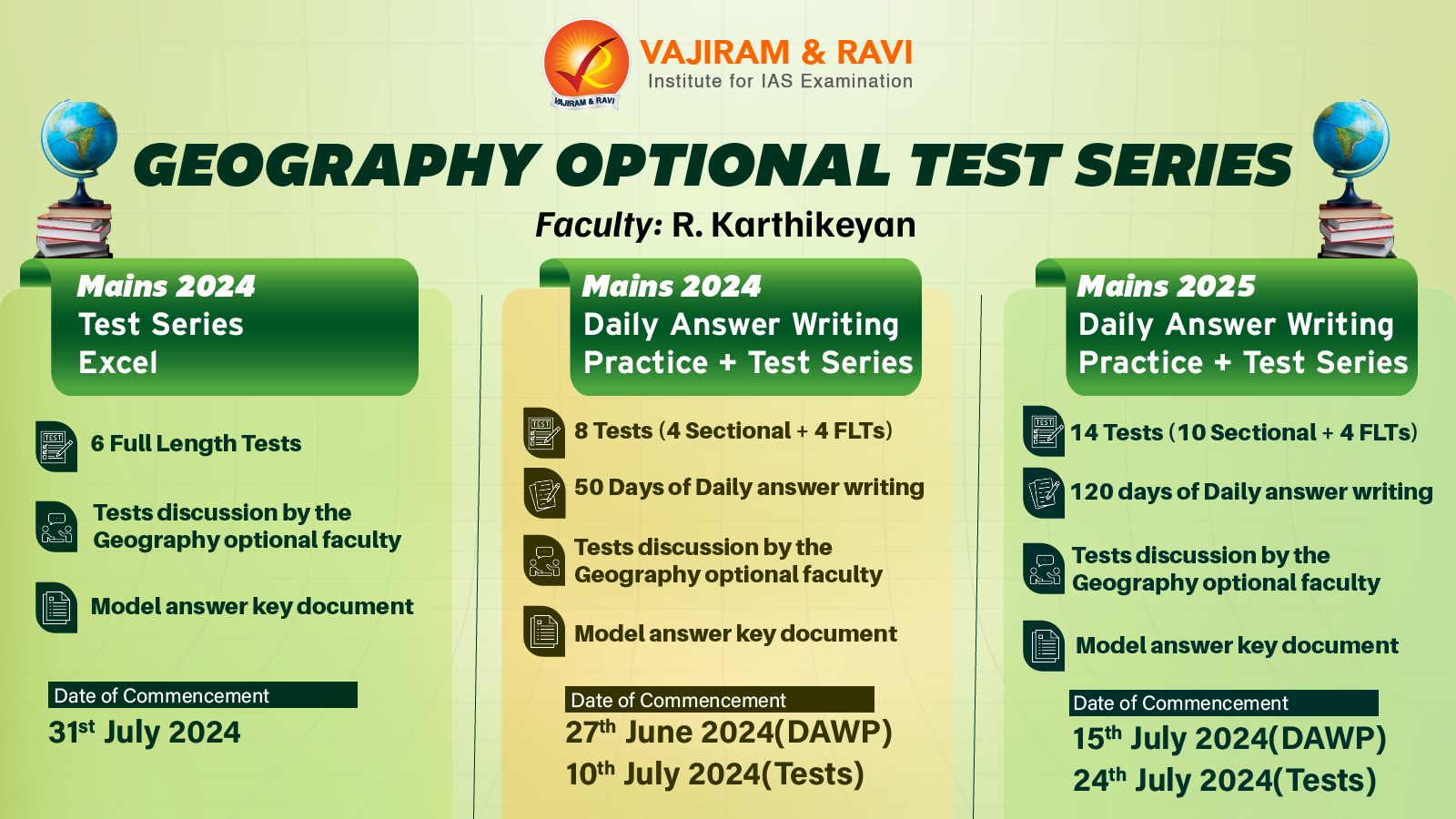
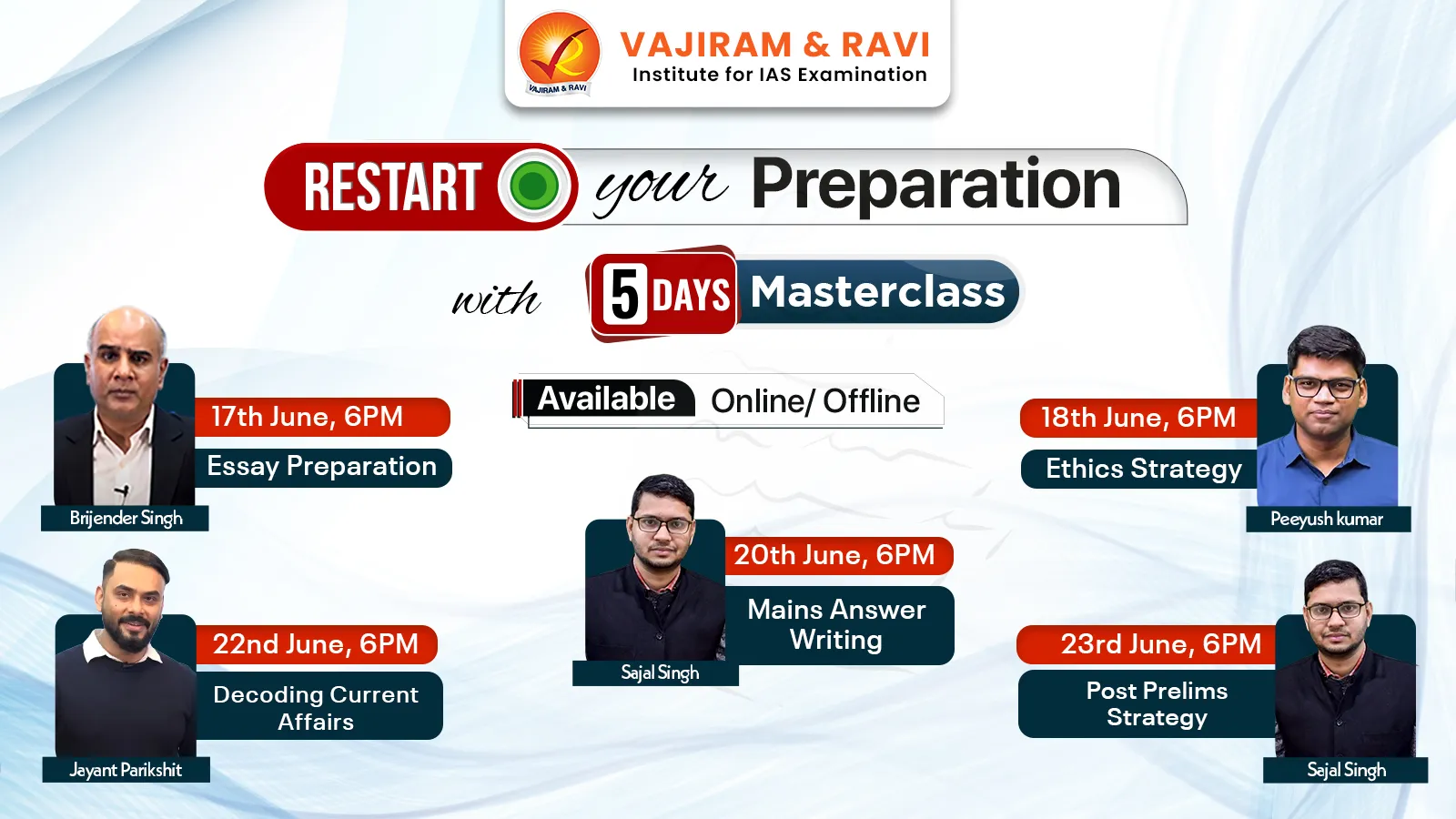
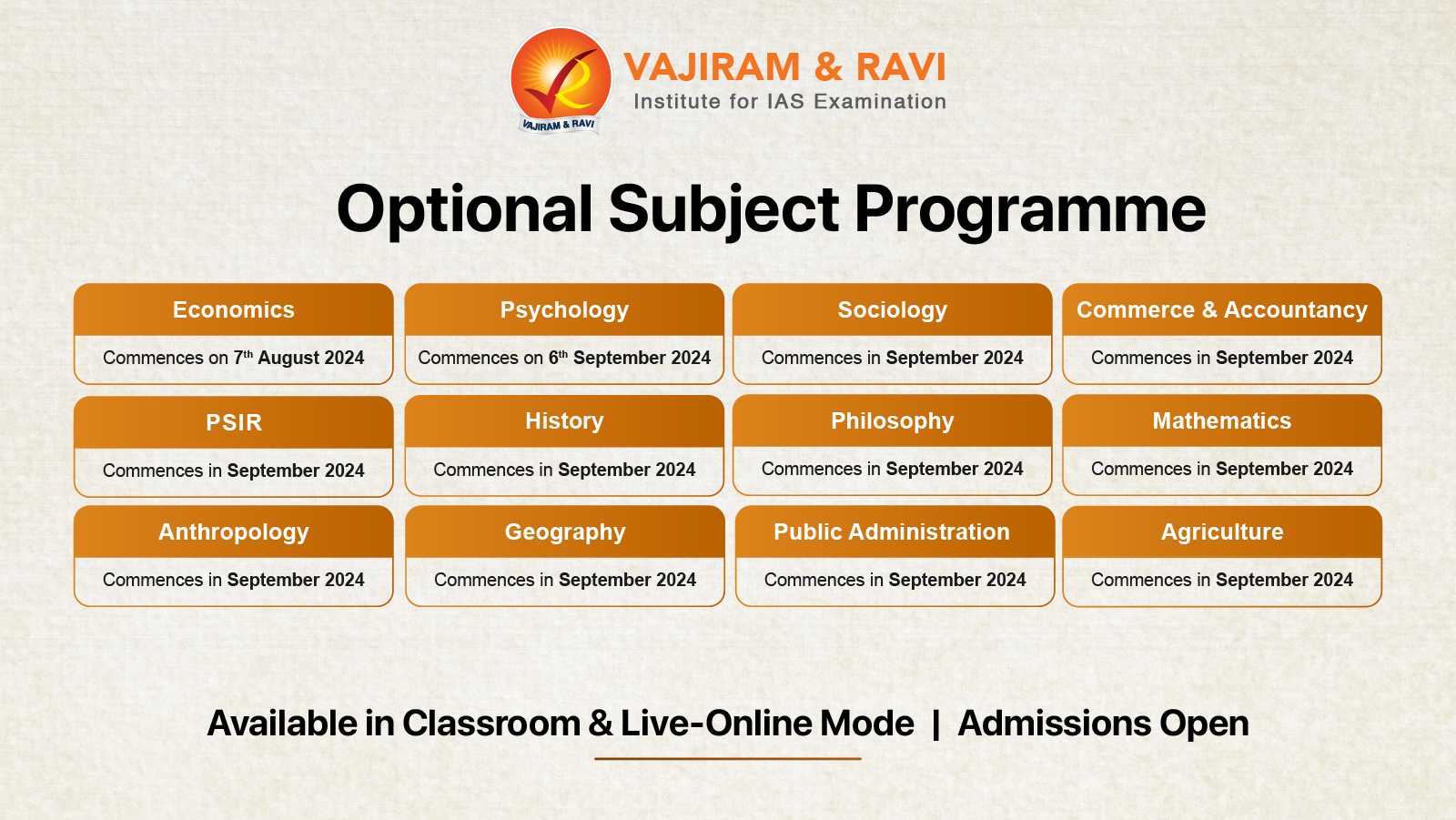
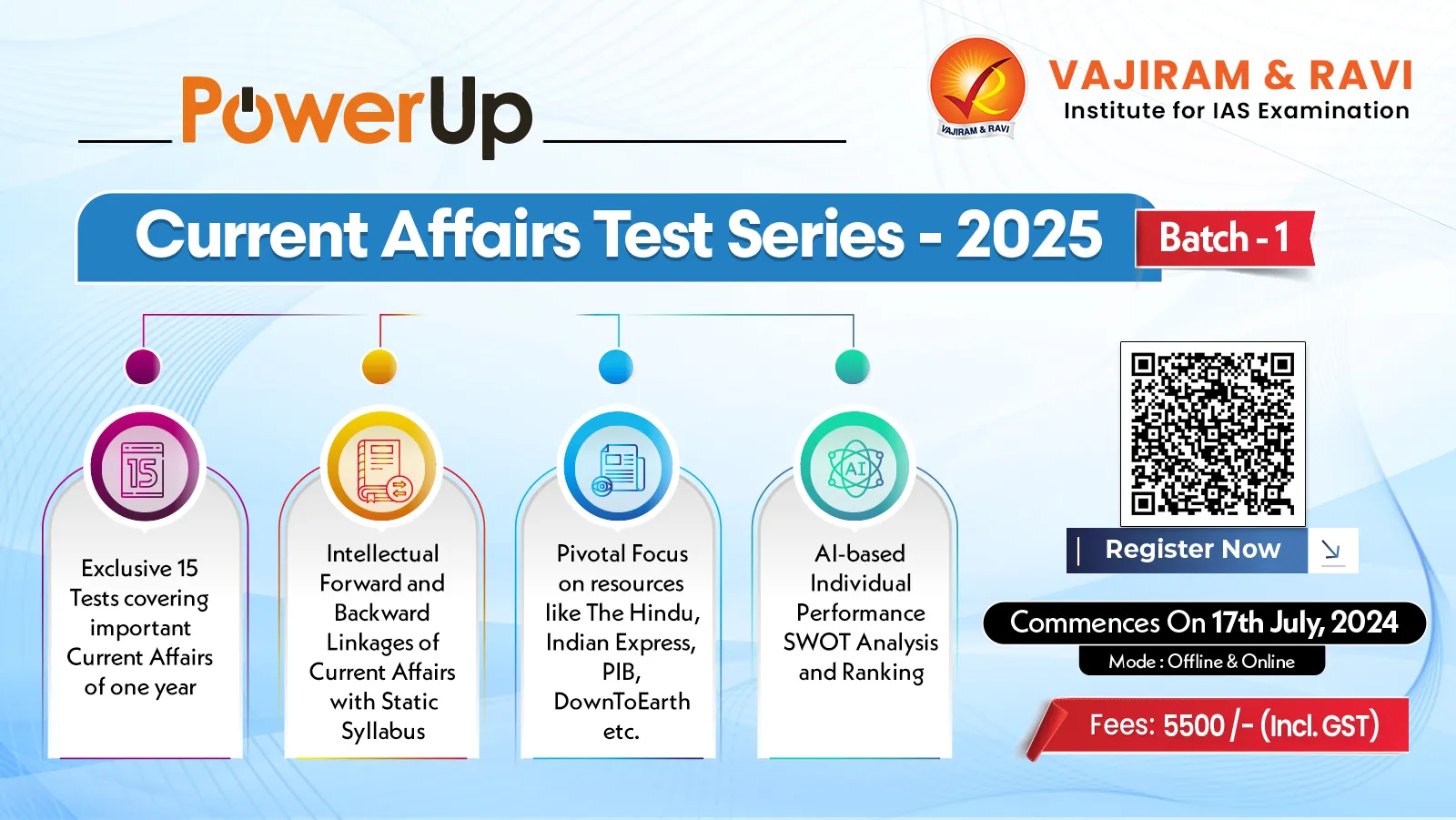
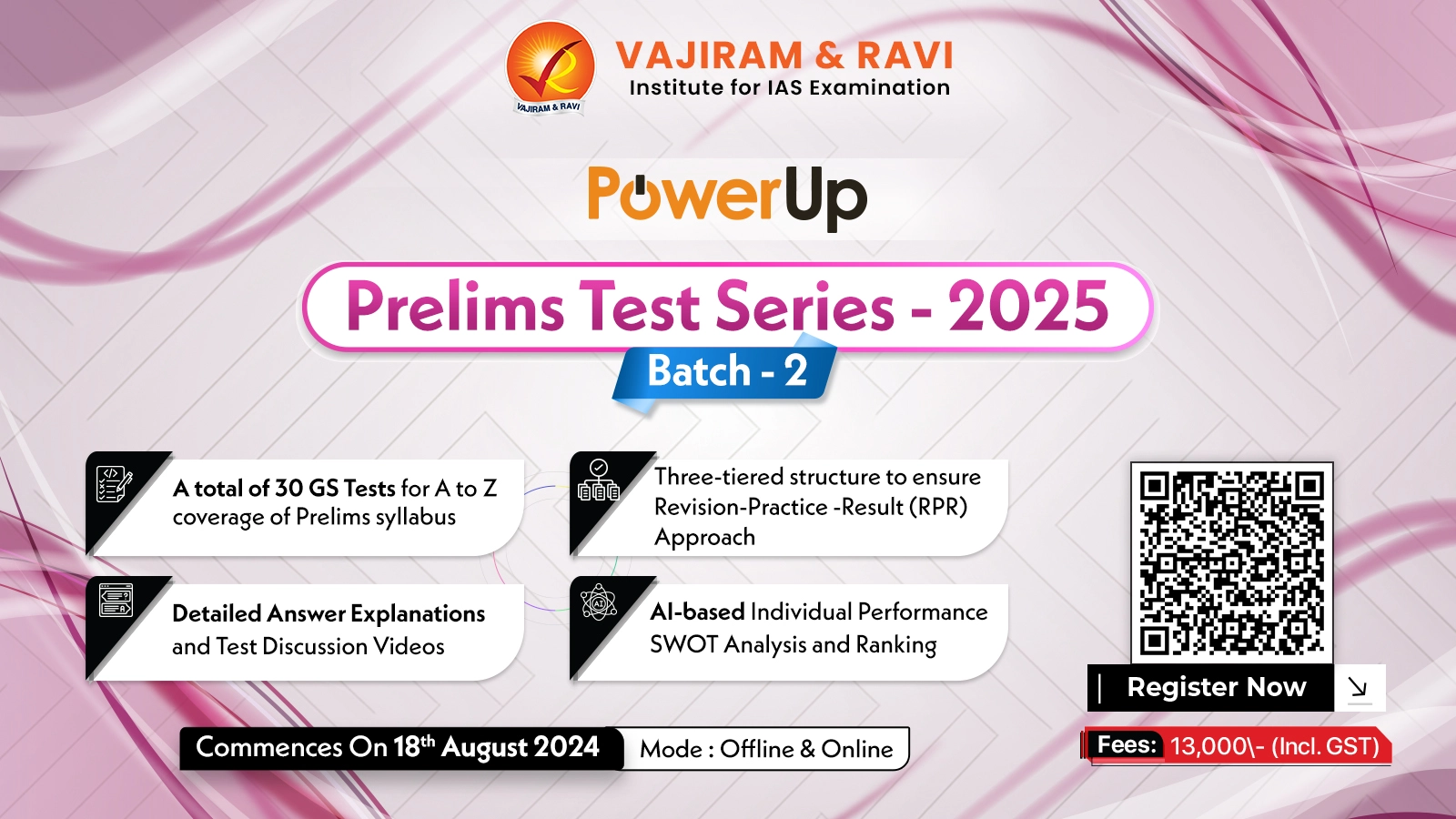
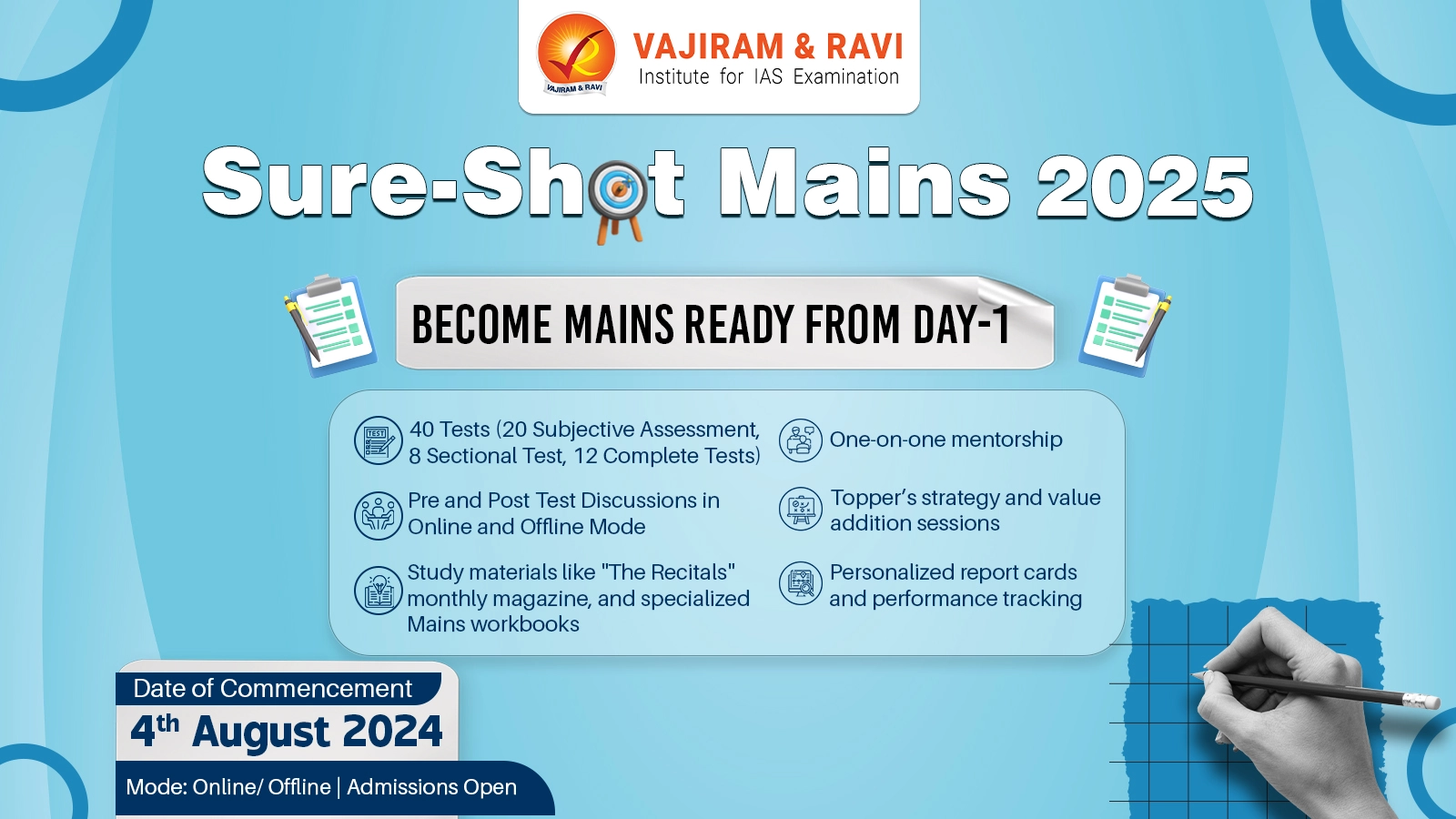
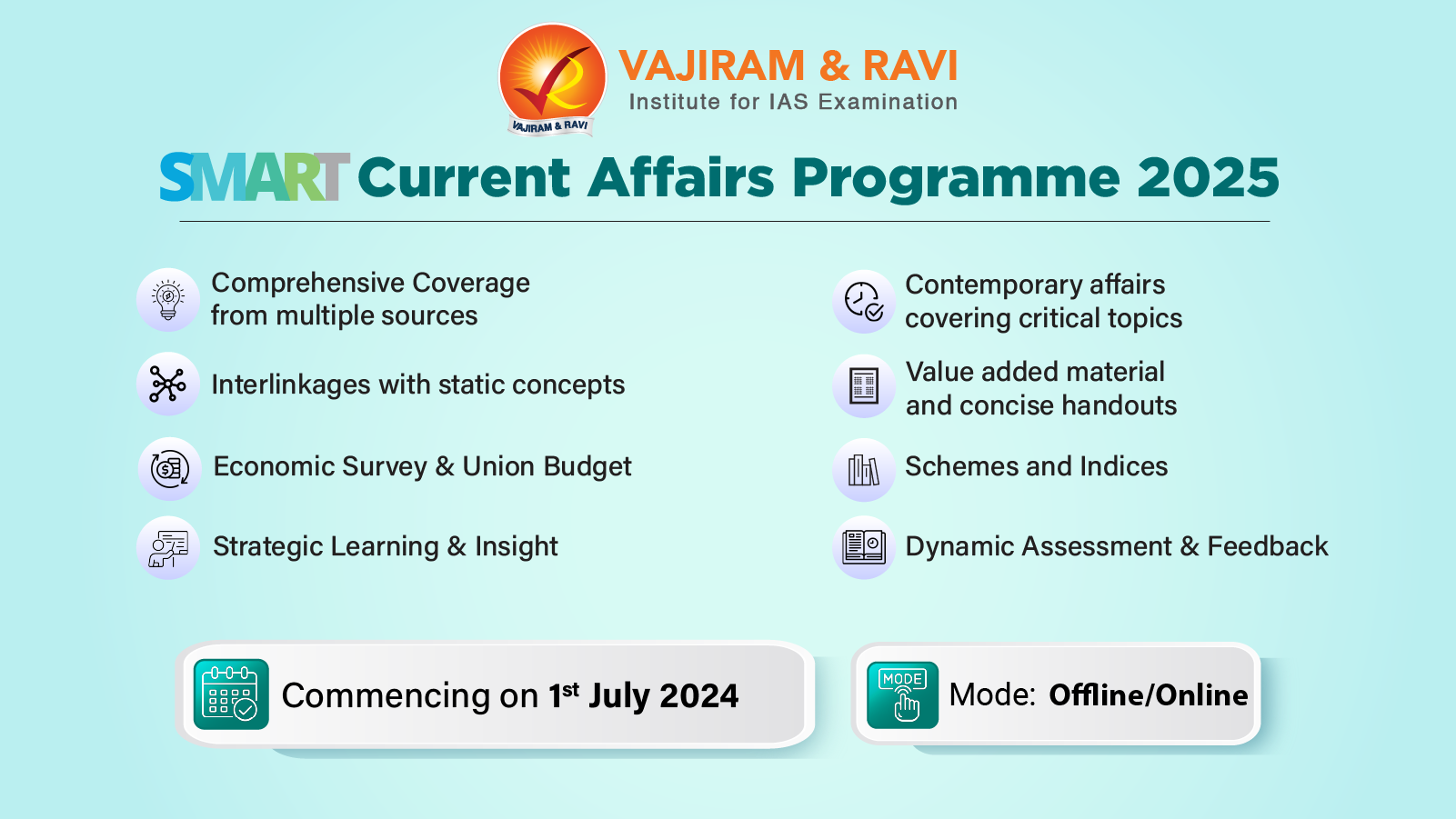
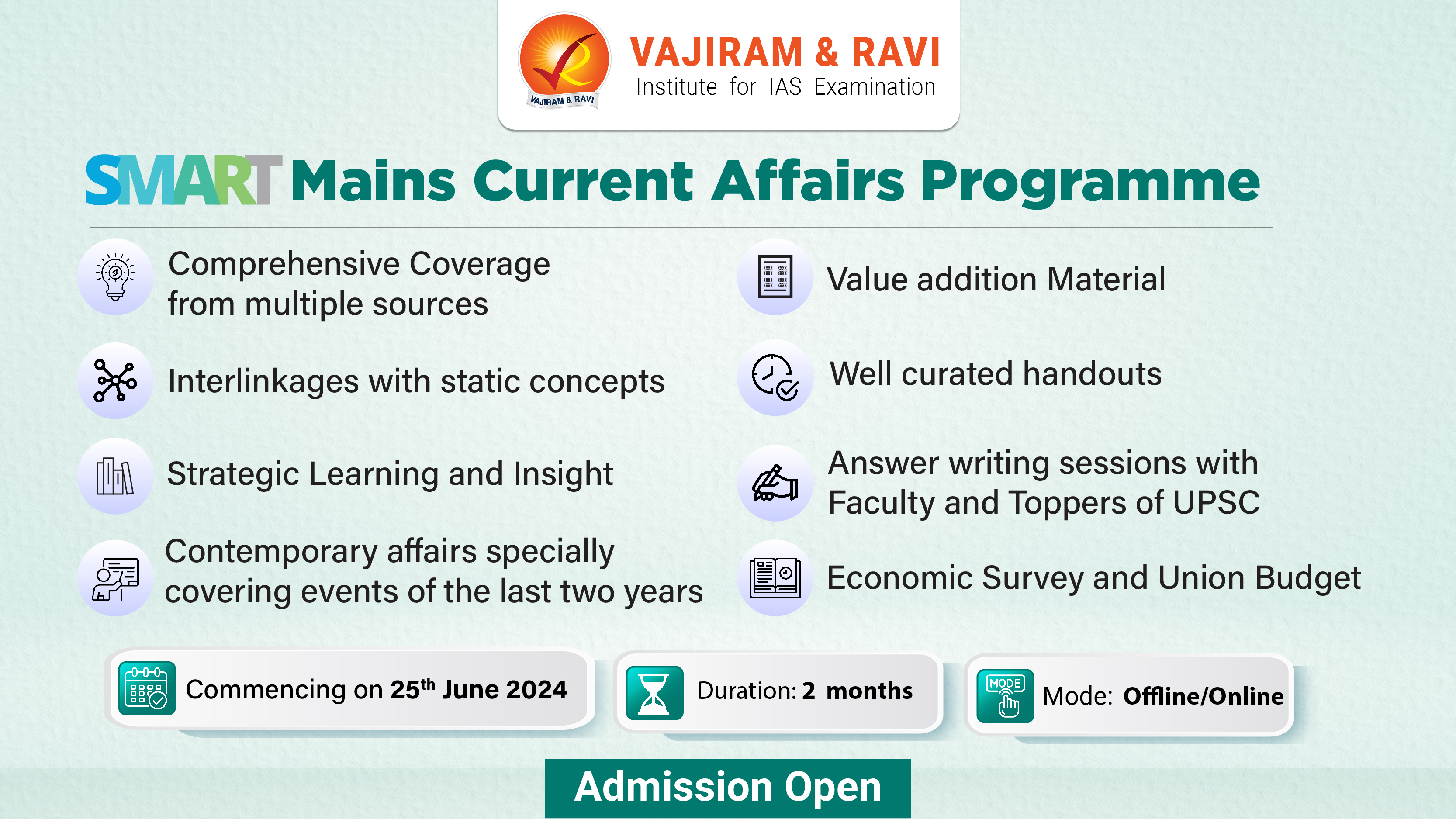
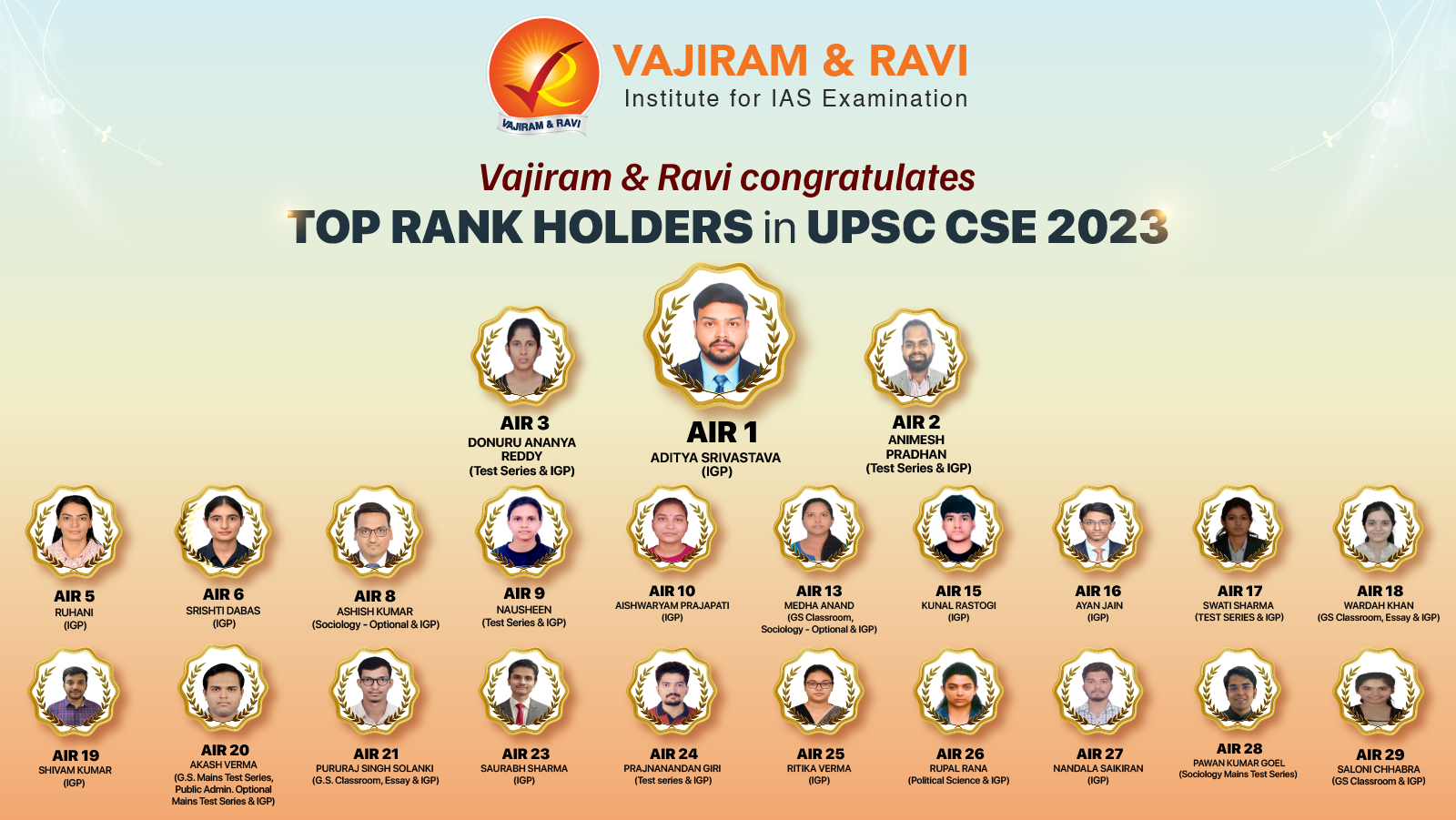
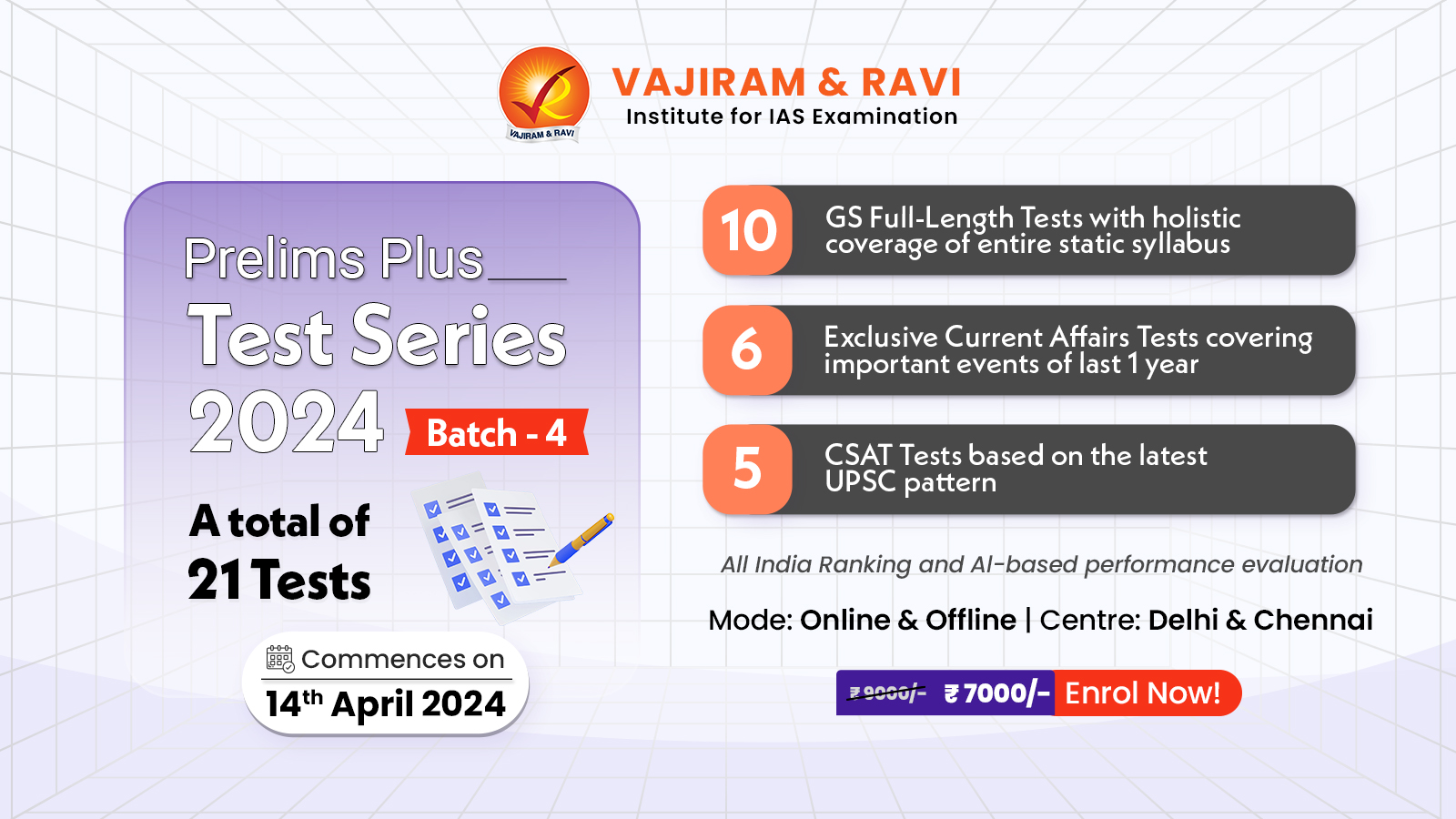
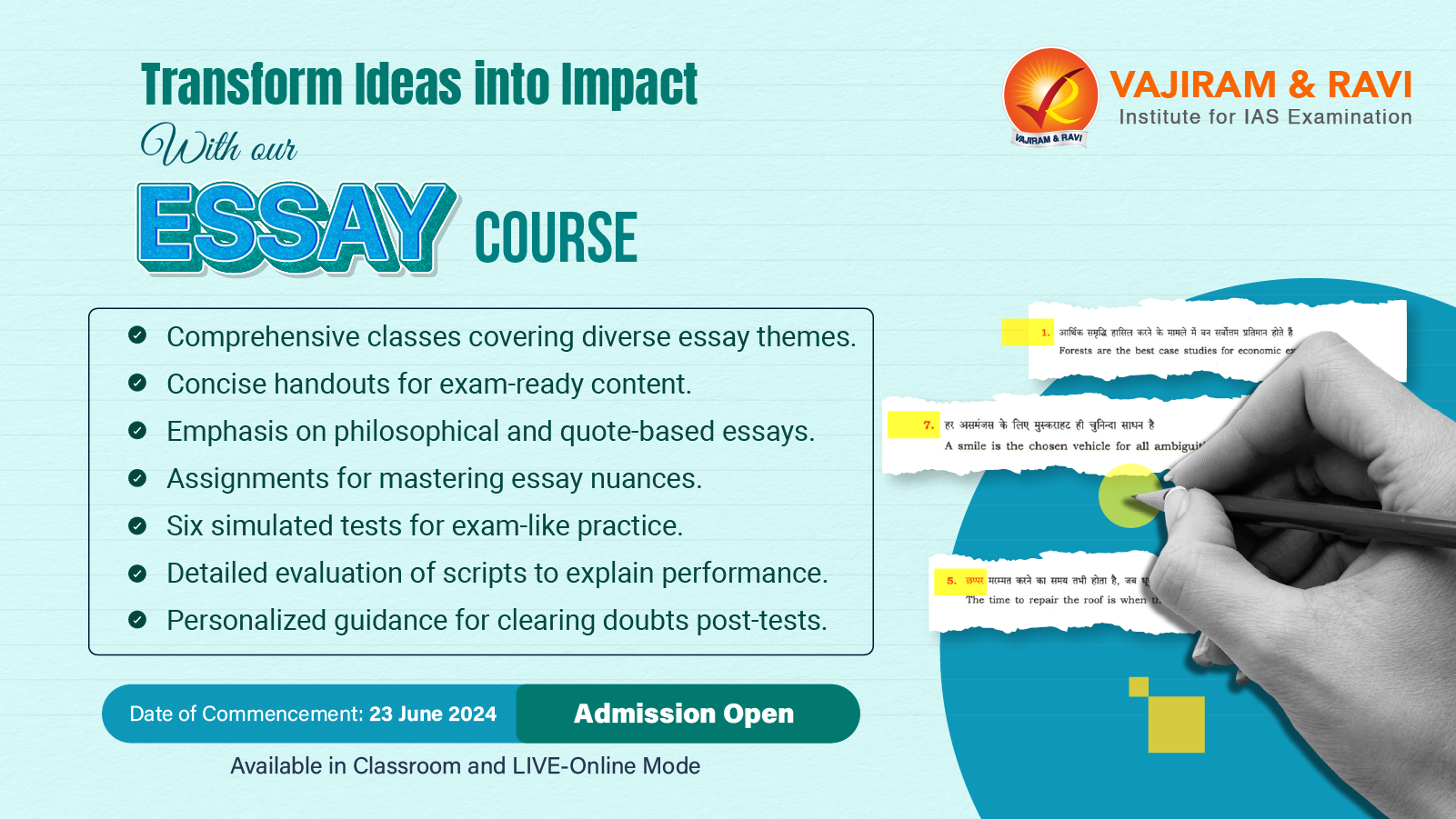
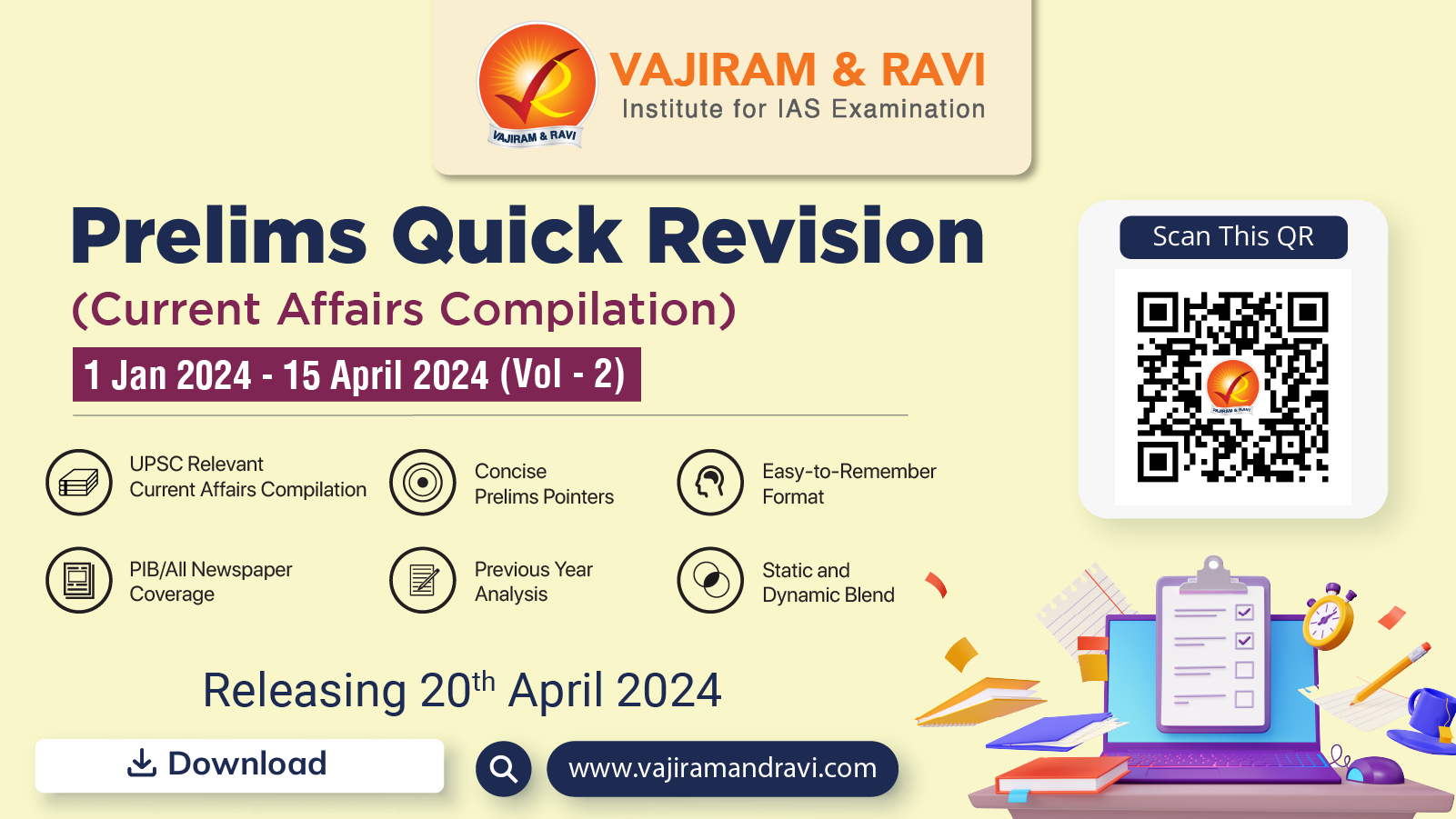
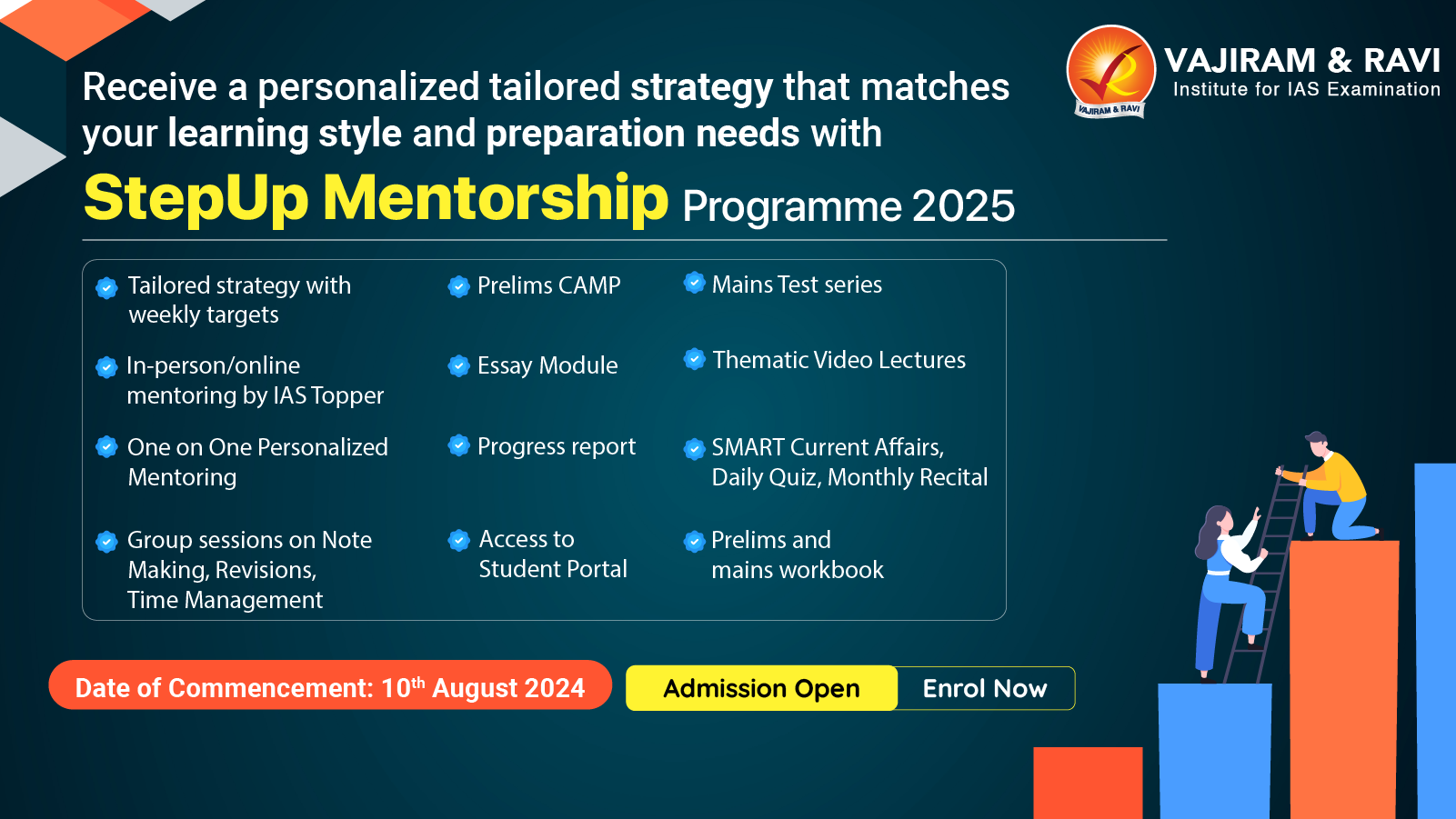
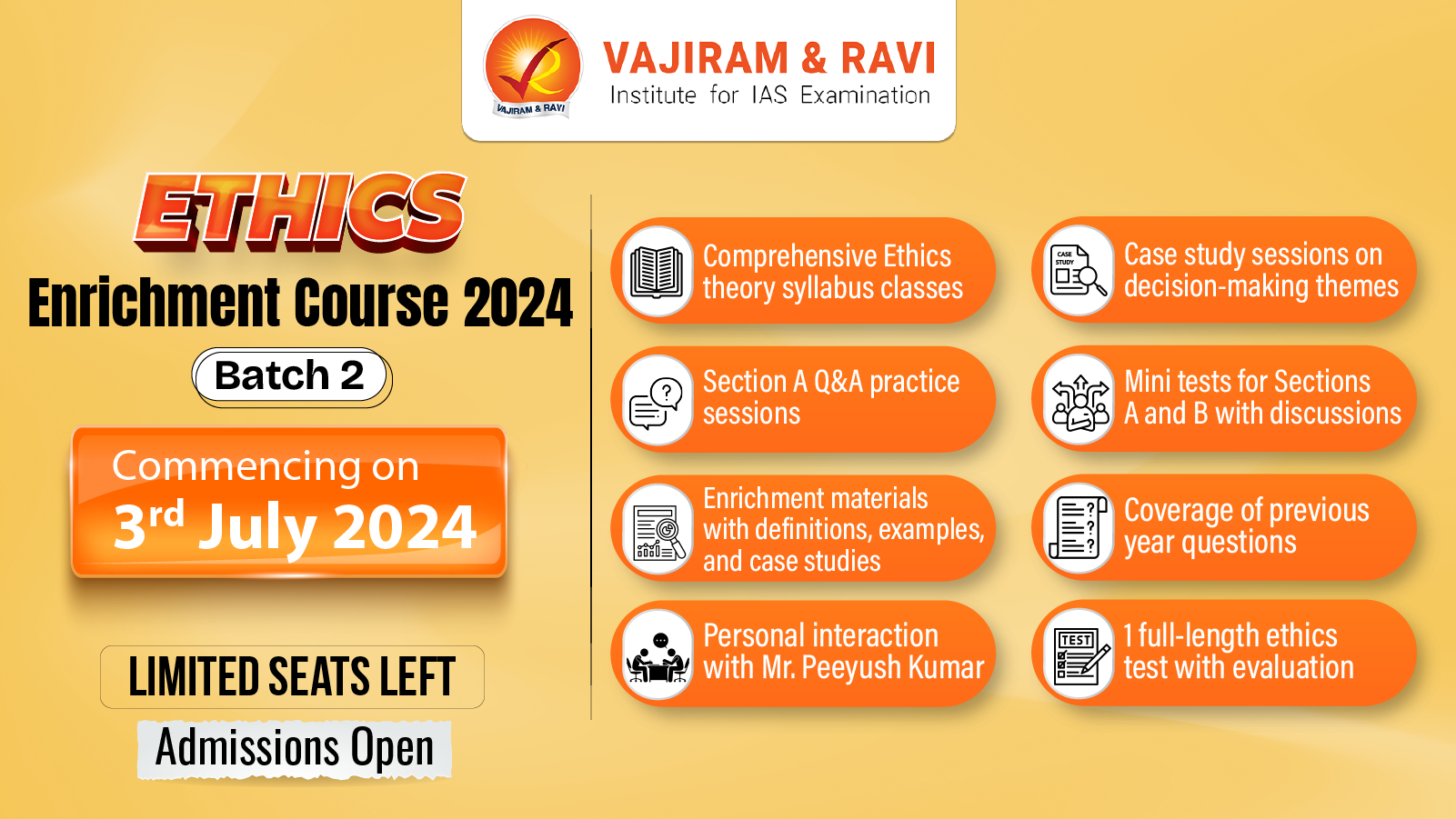
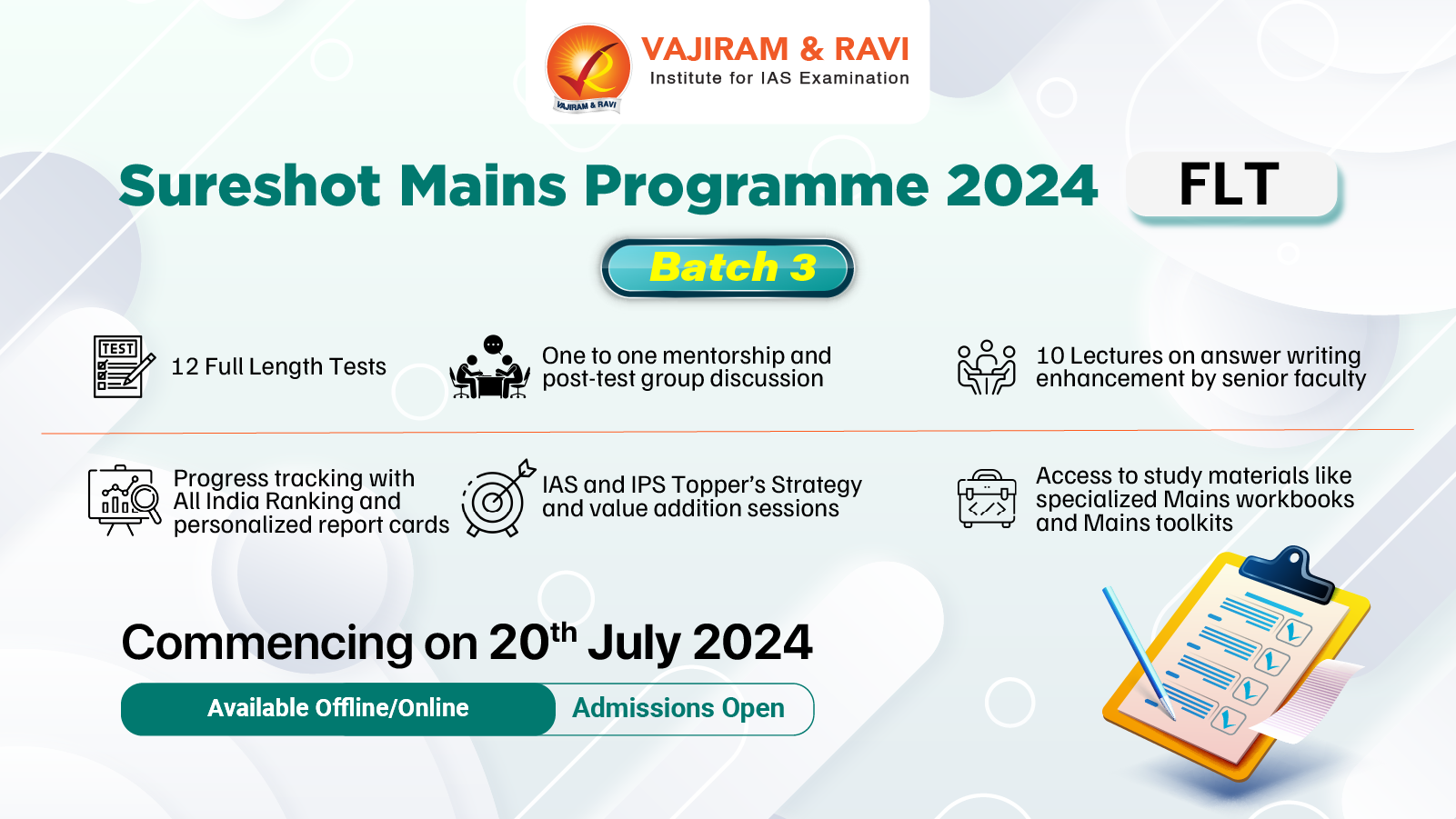
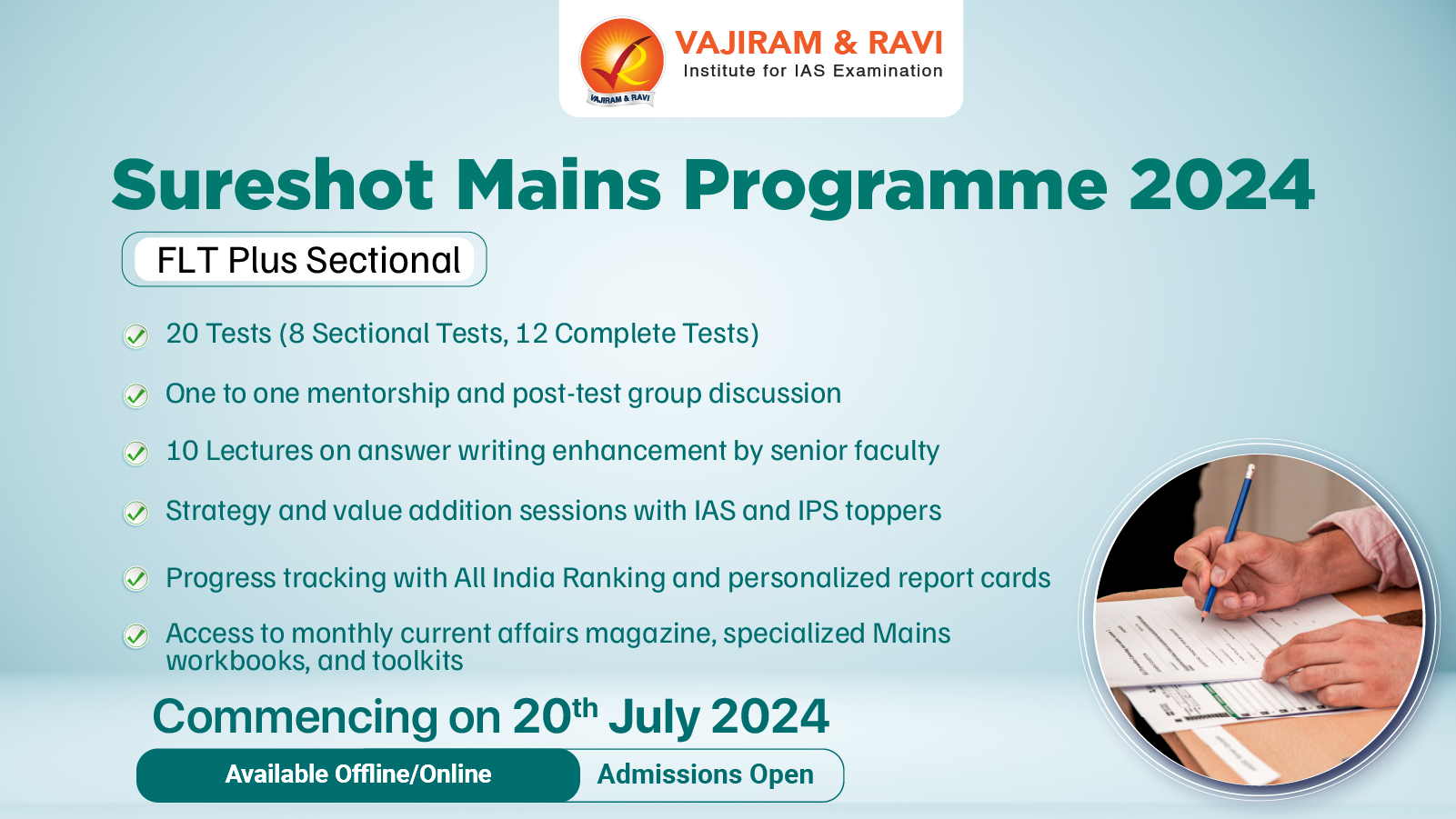
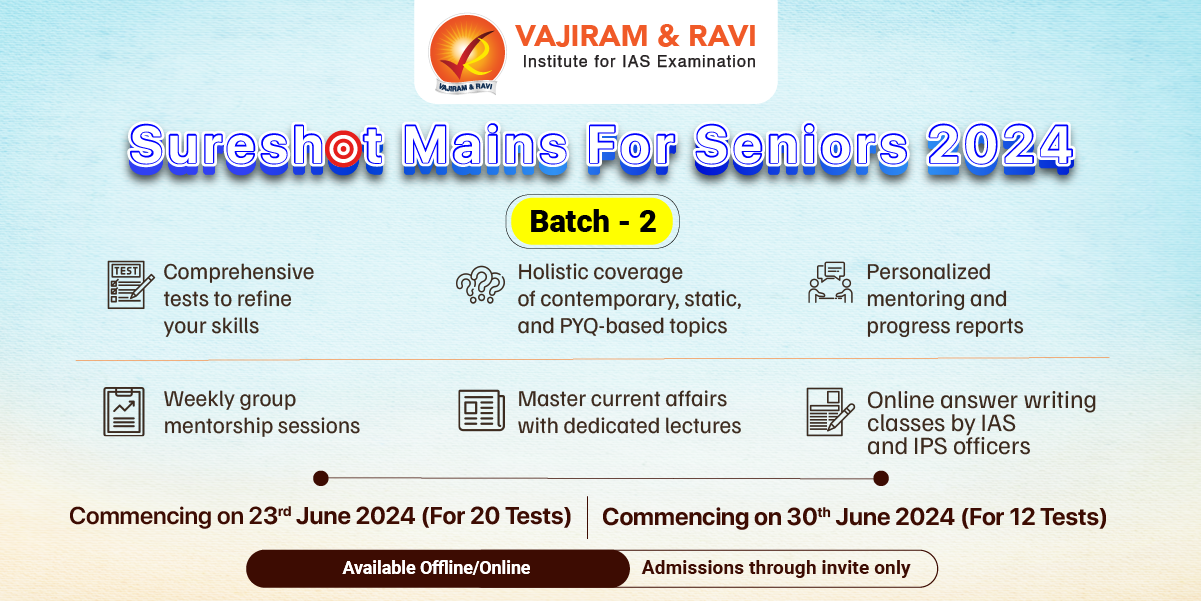

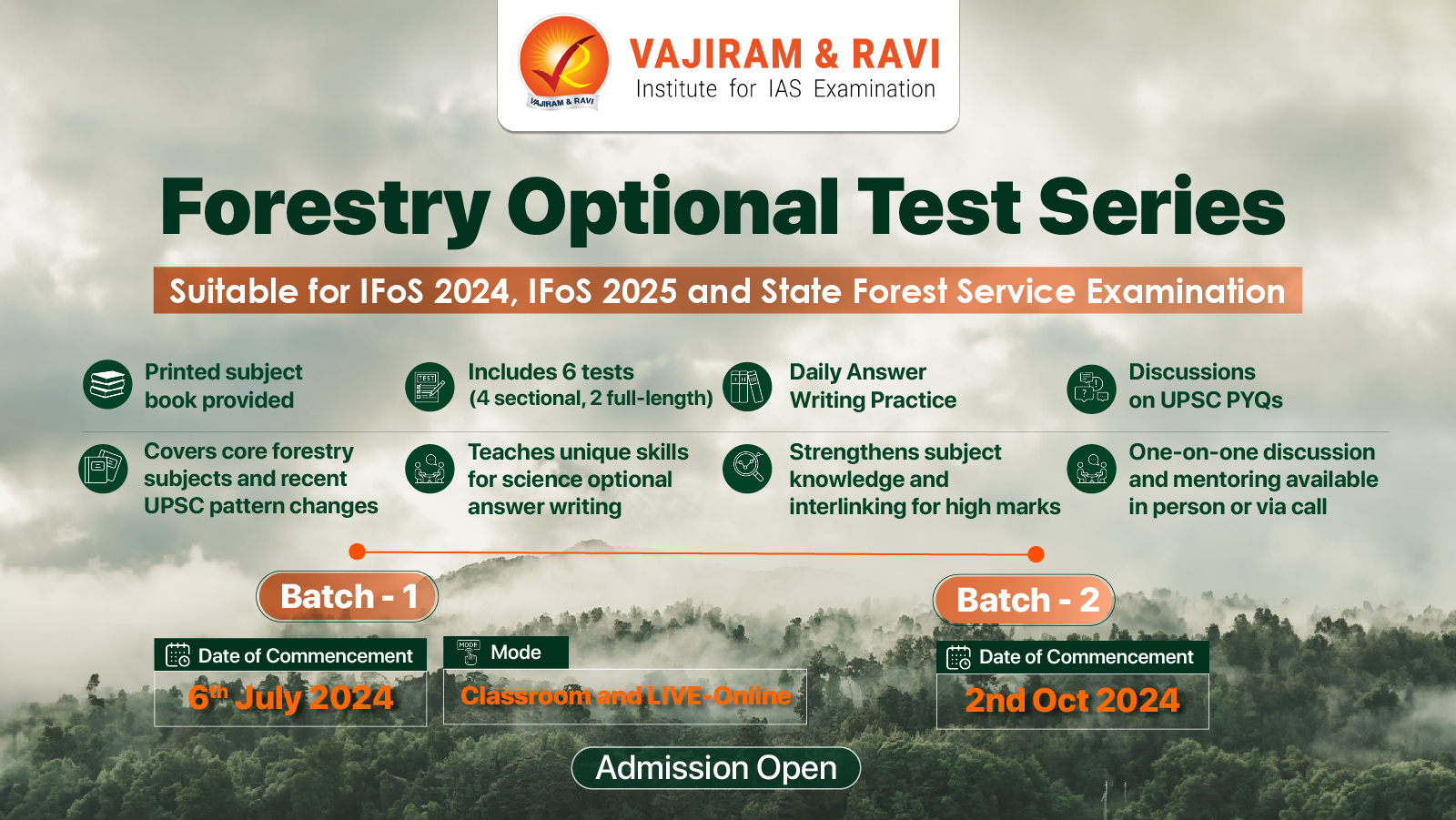
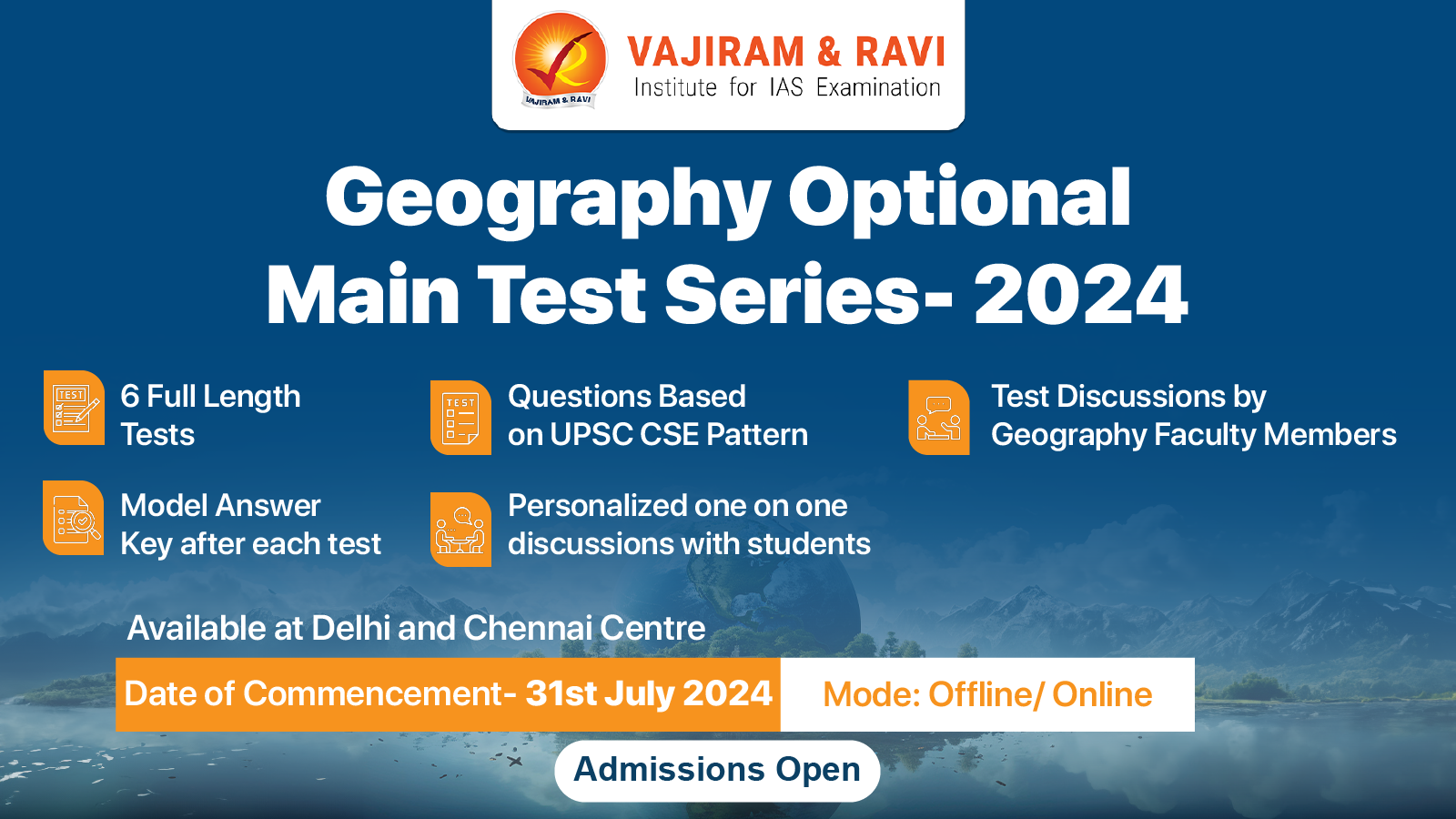
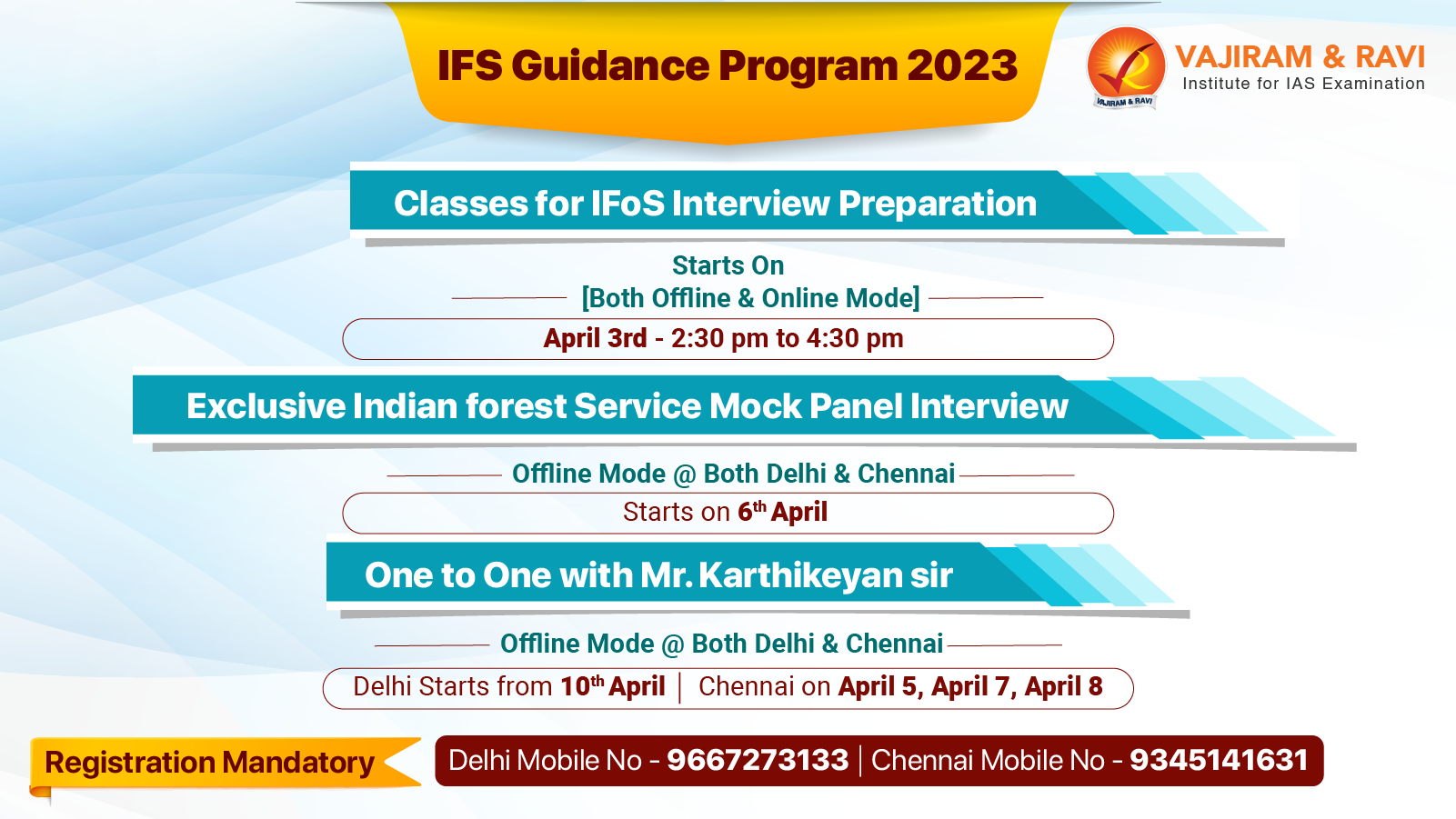
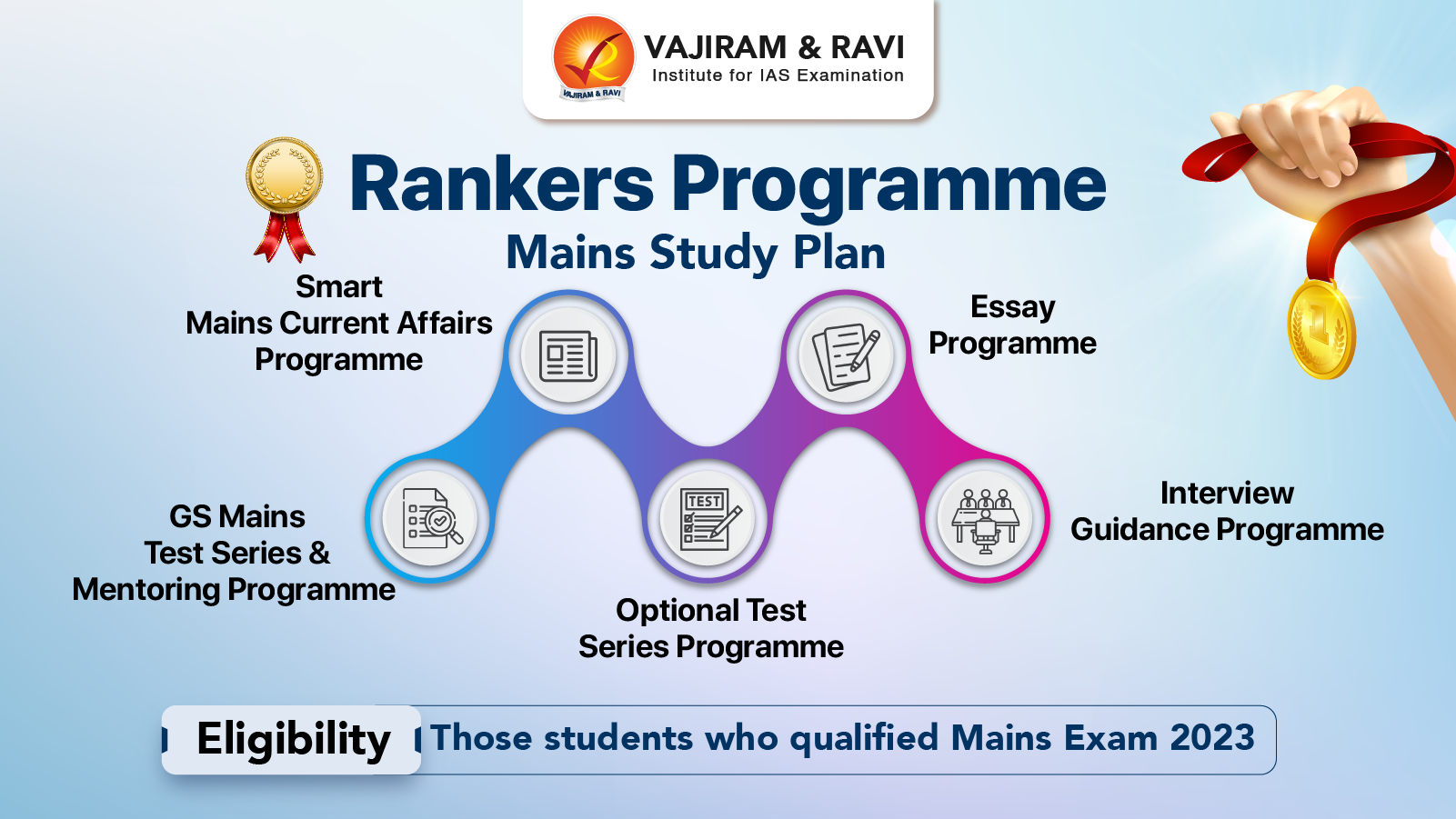
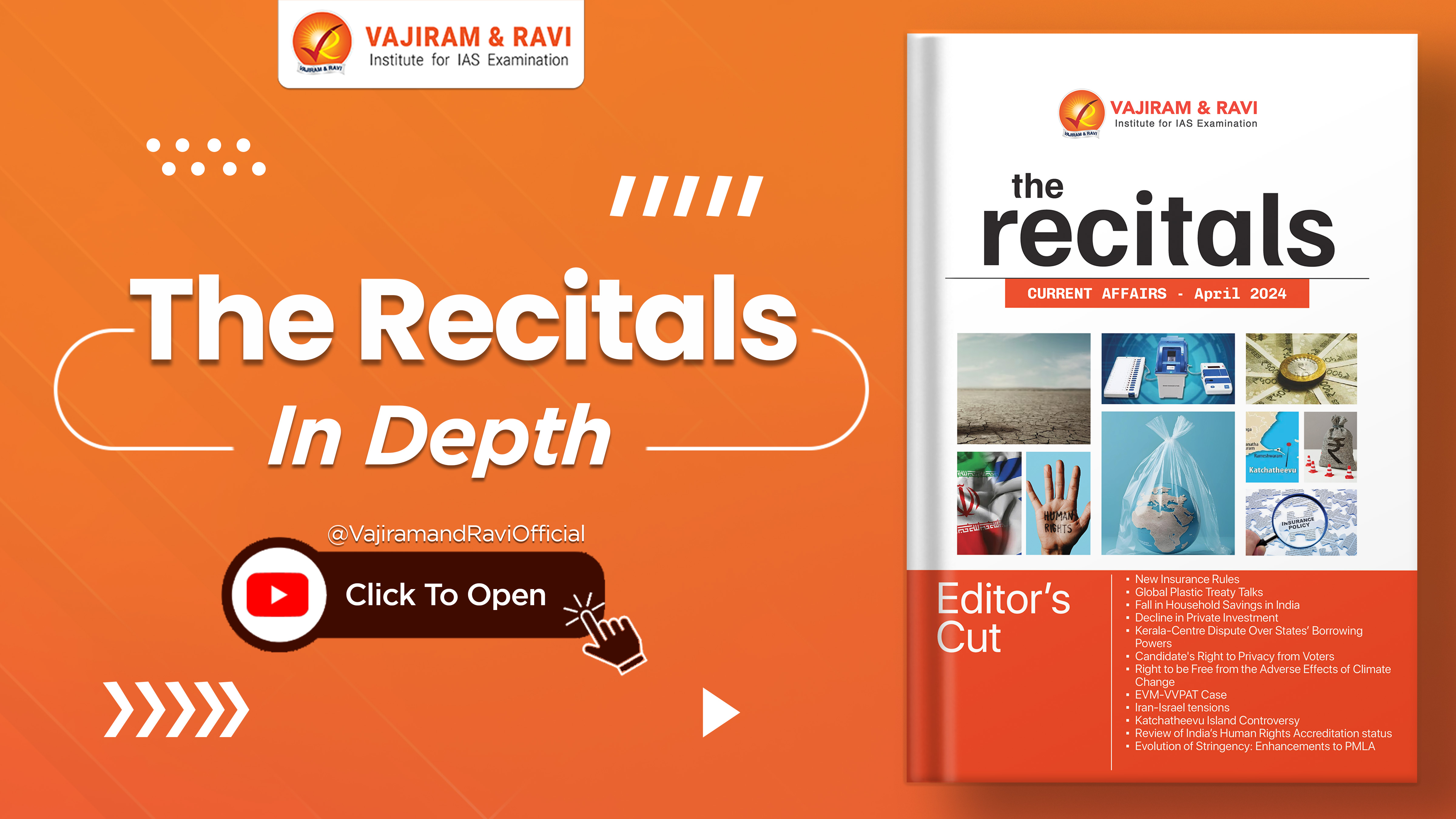

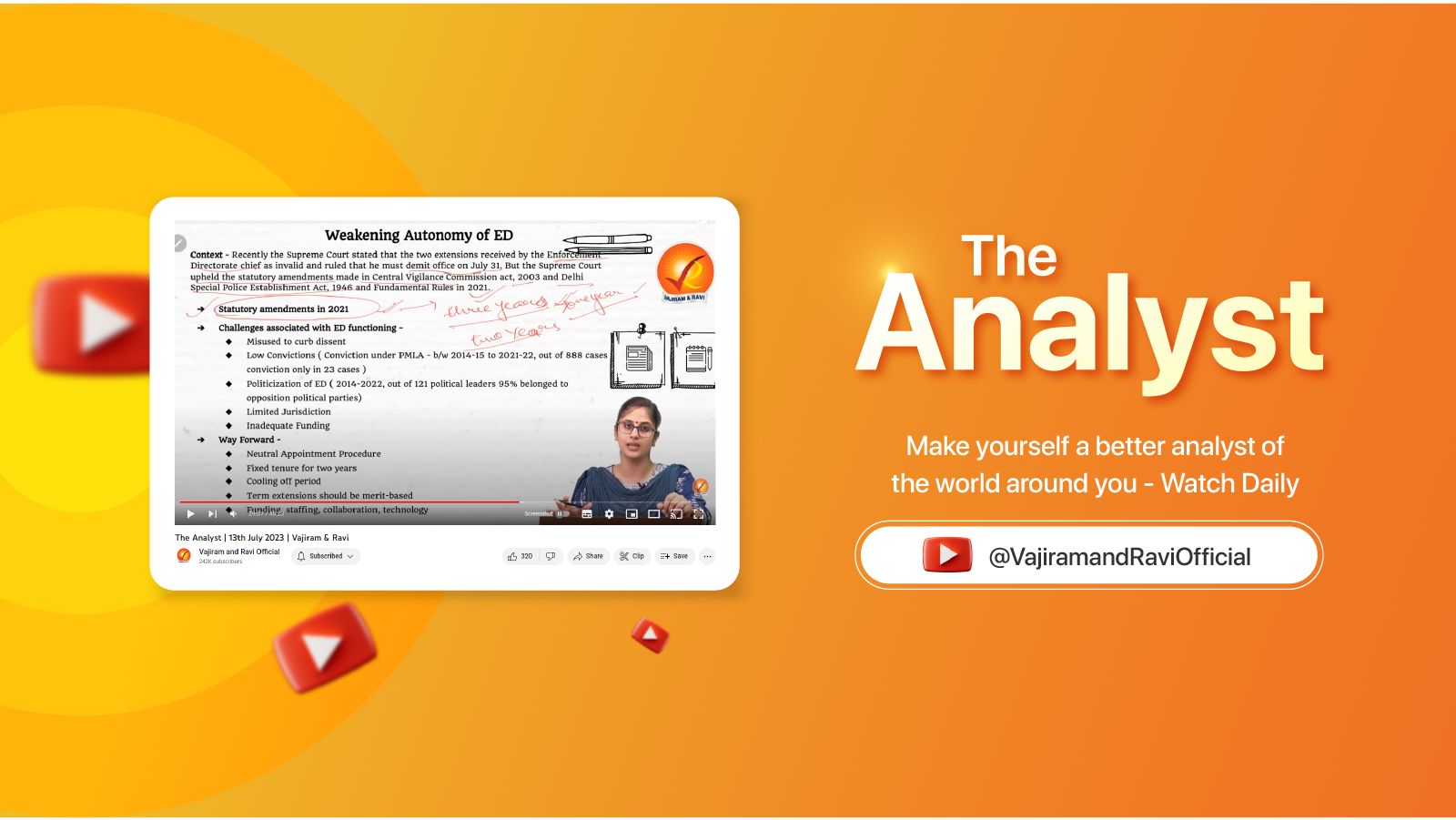
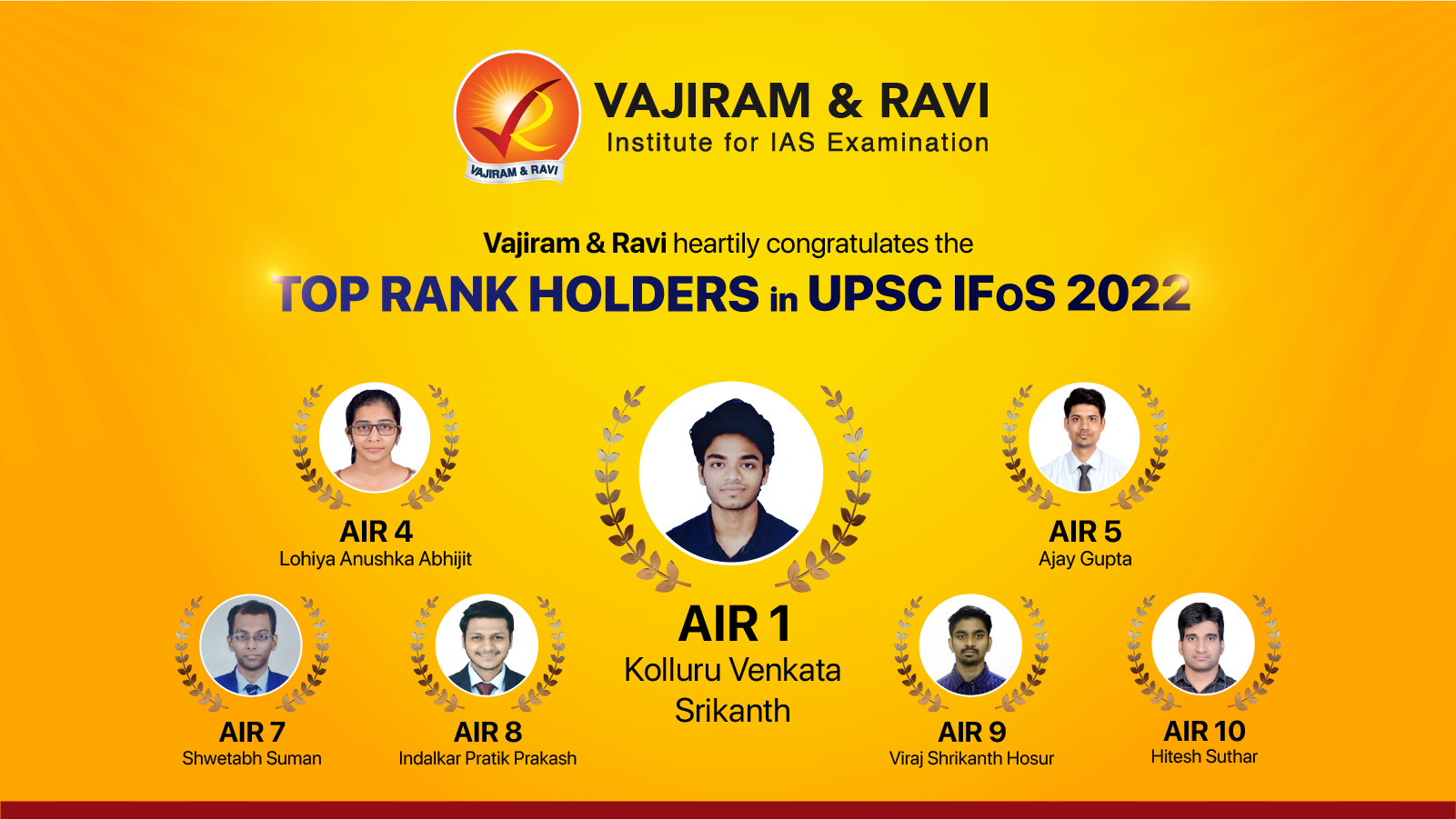


 Click here to know more details.
Click here to know more details.